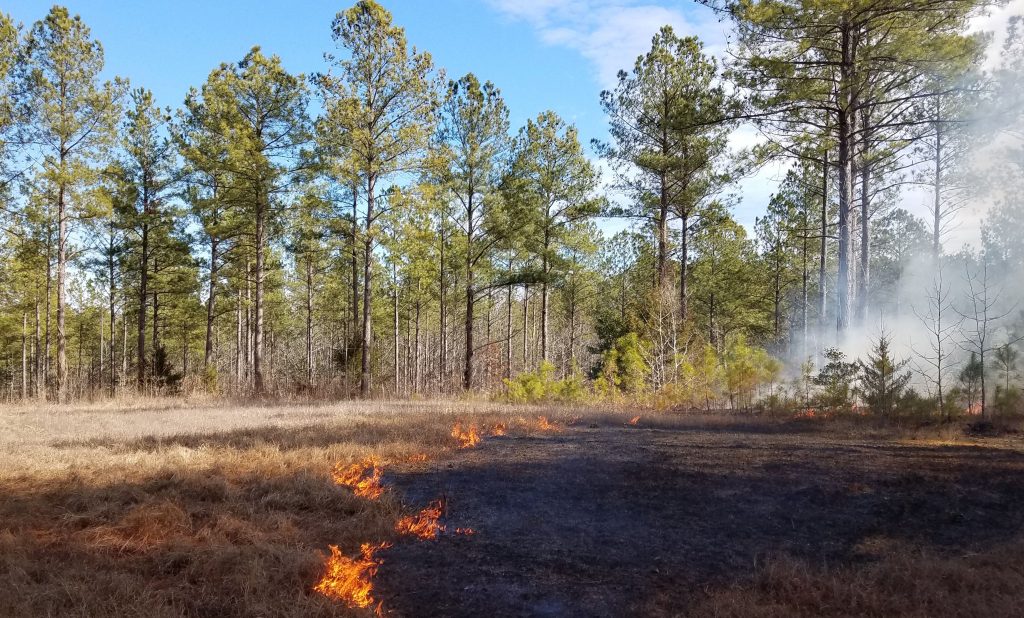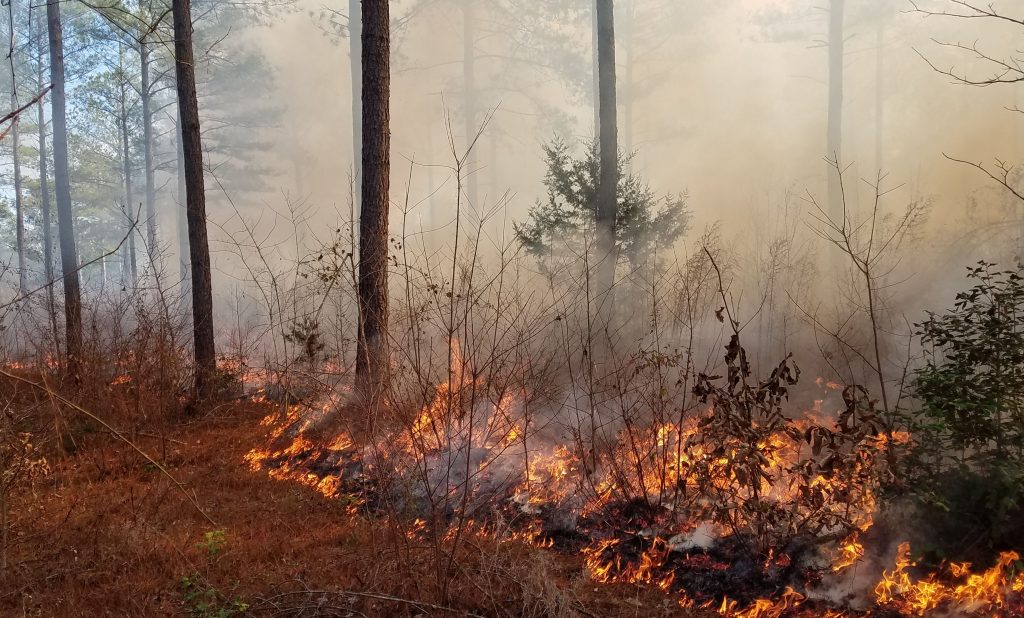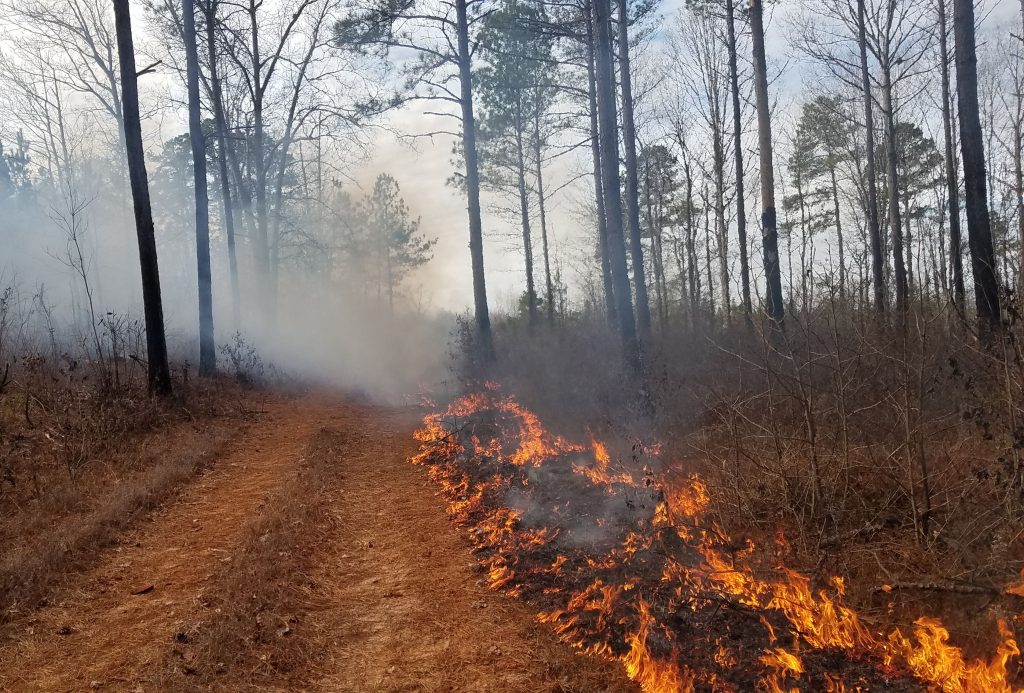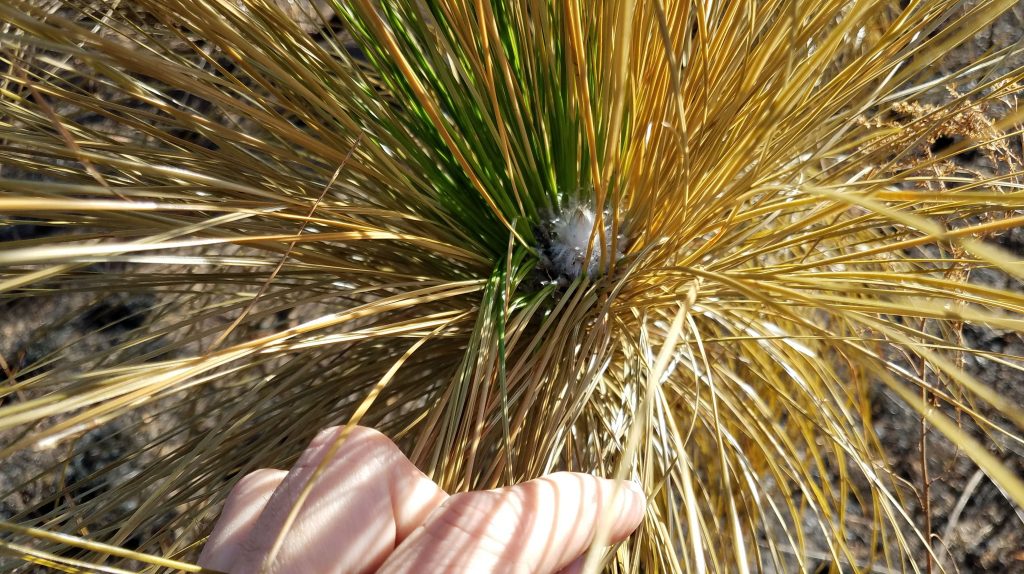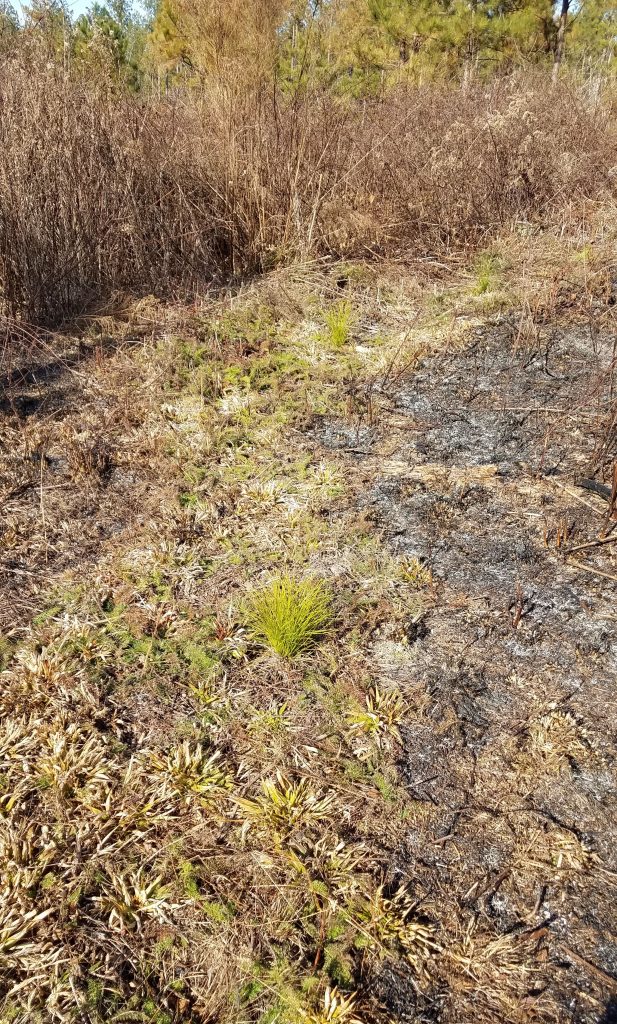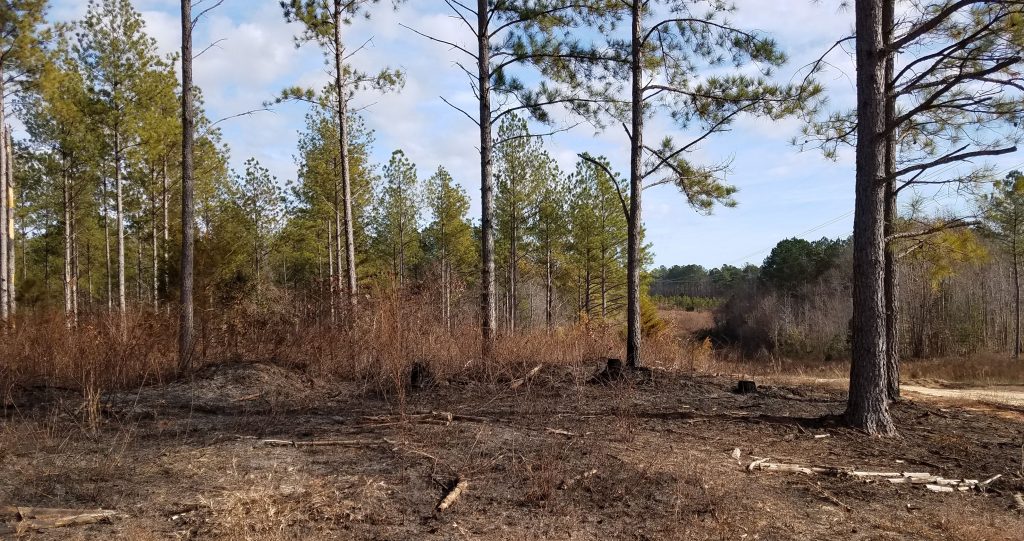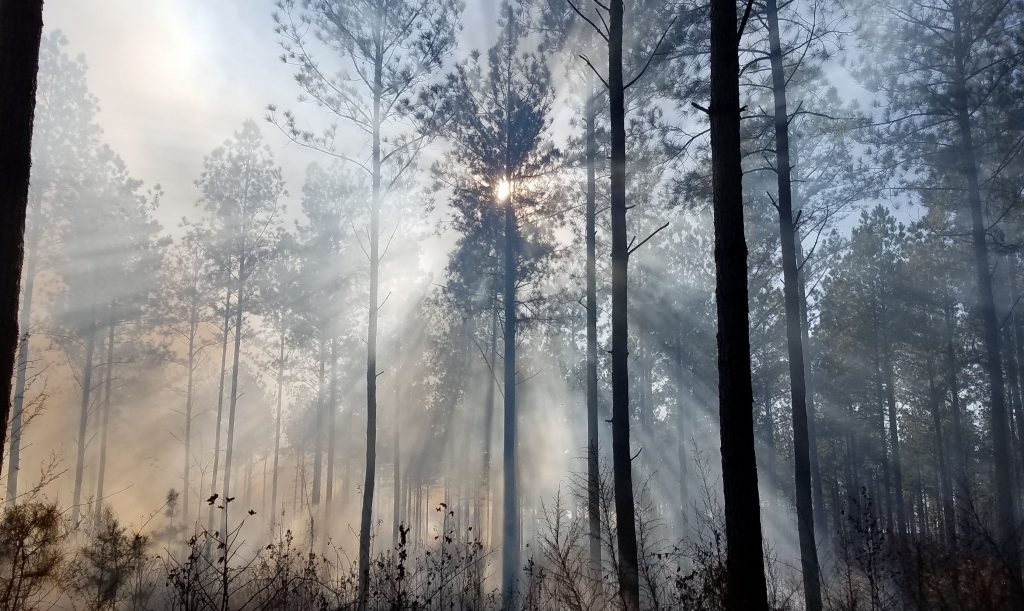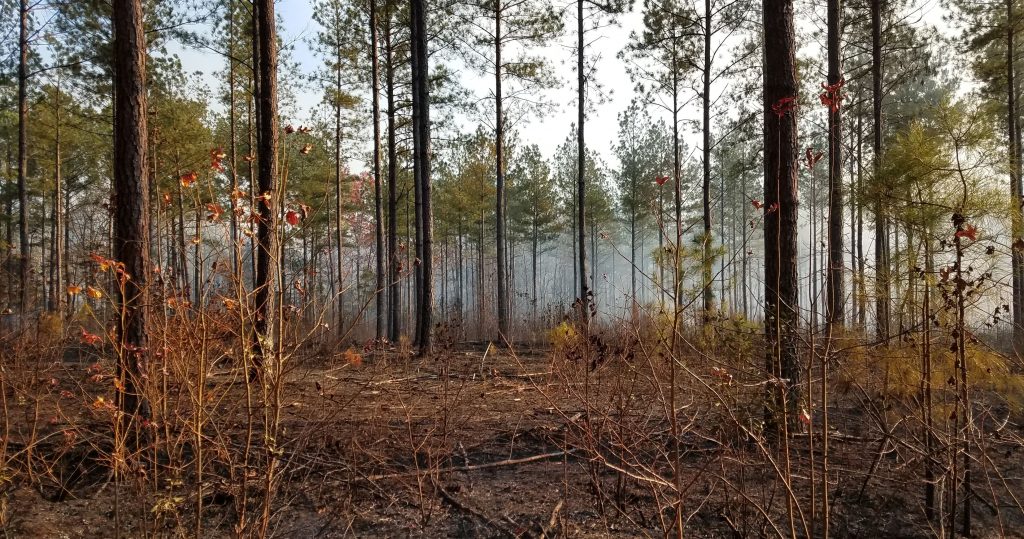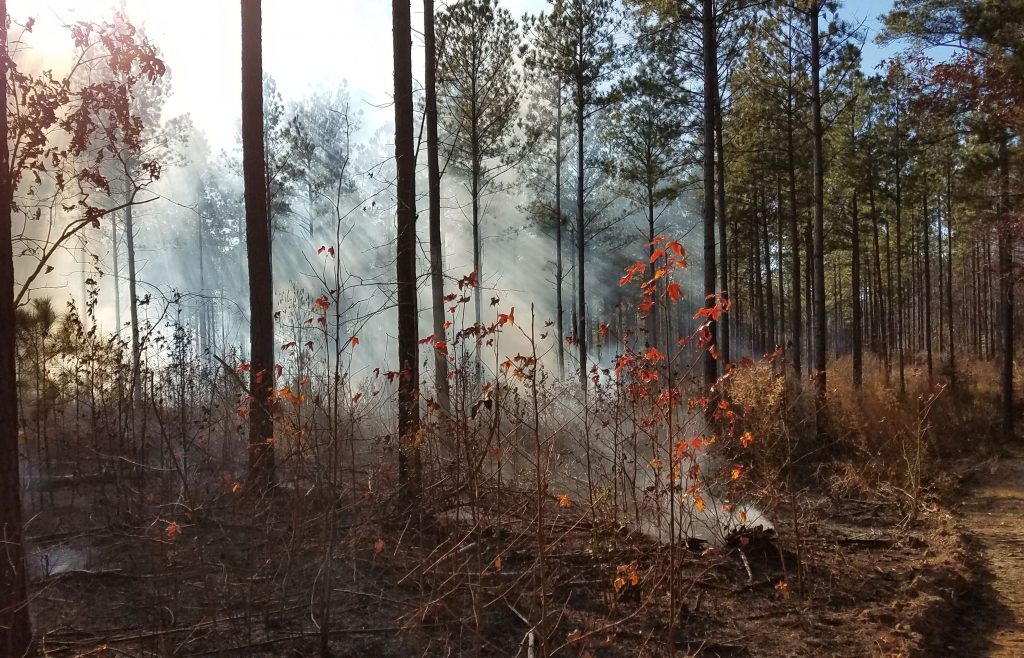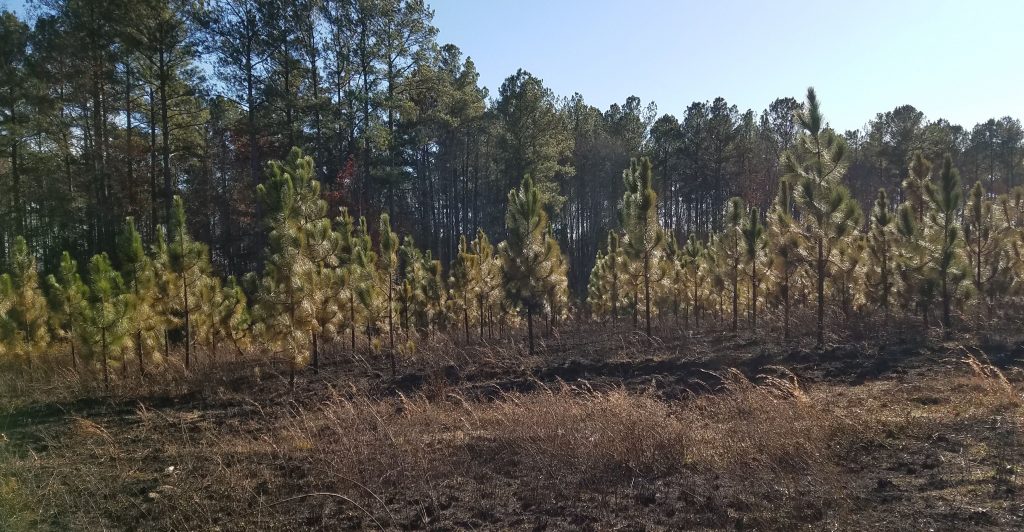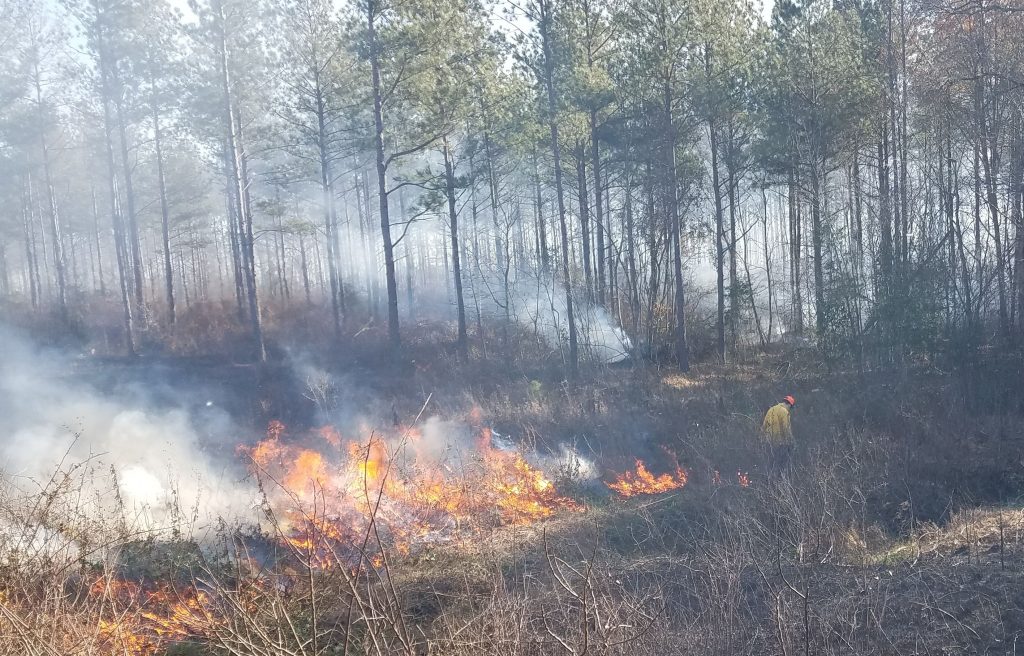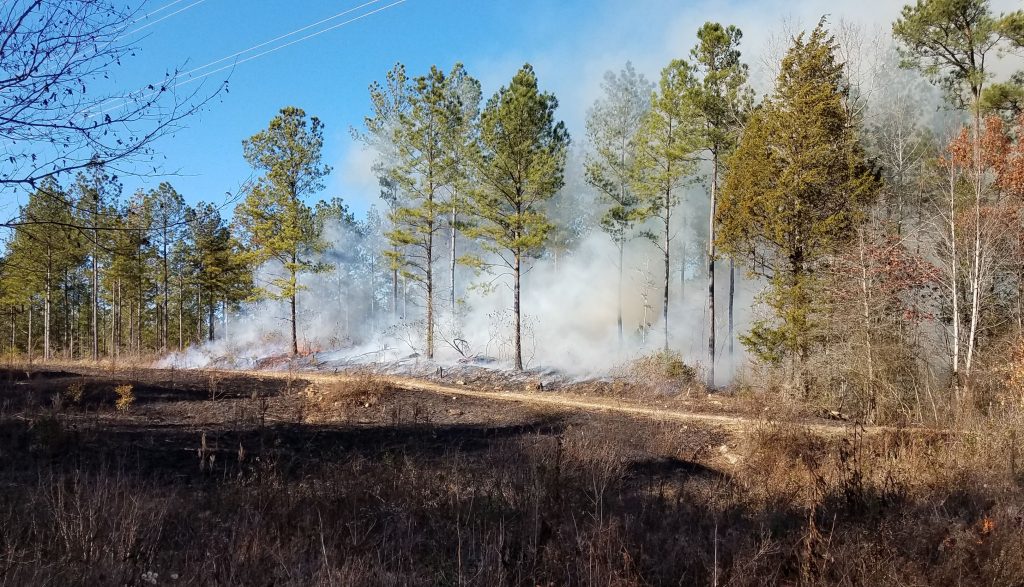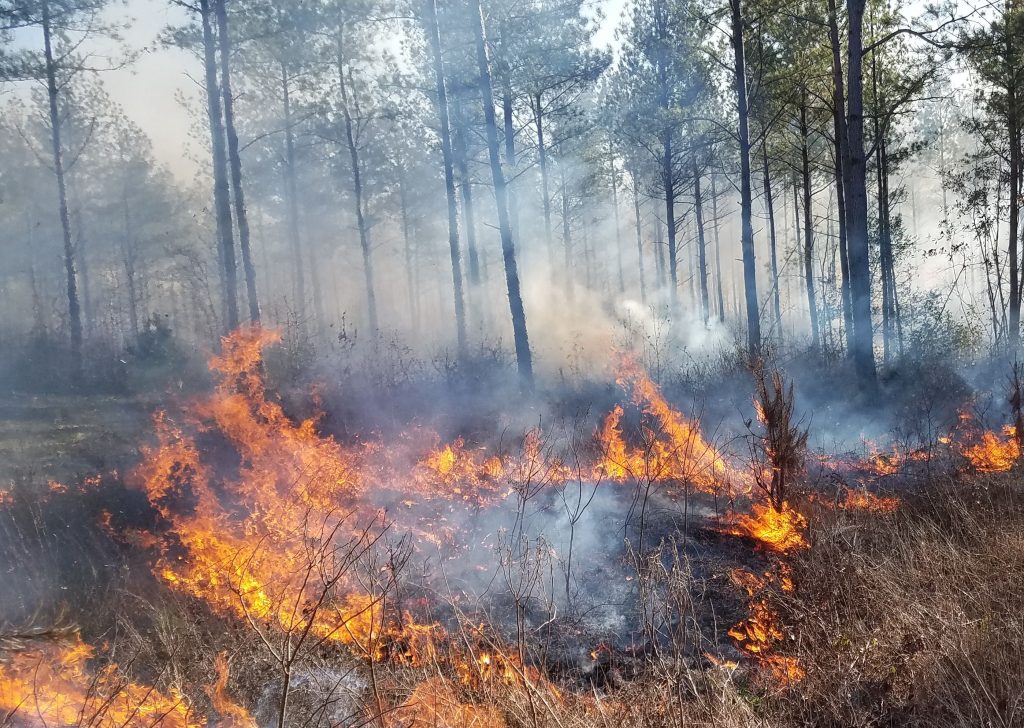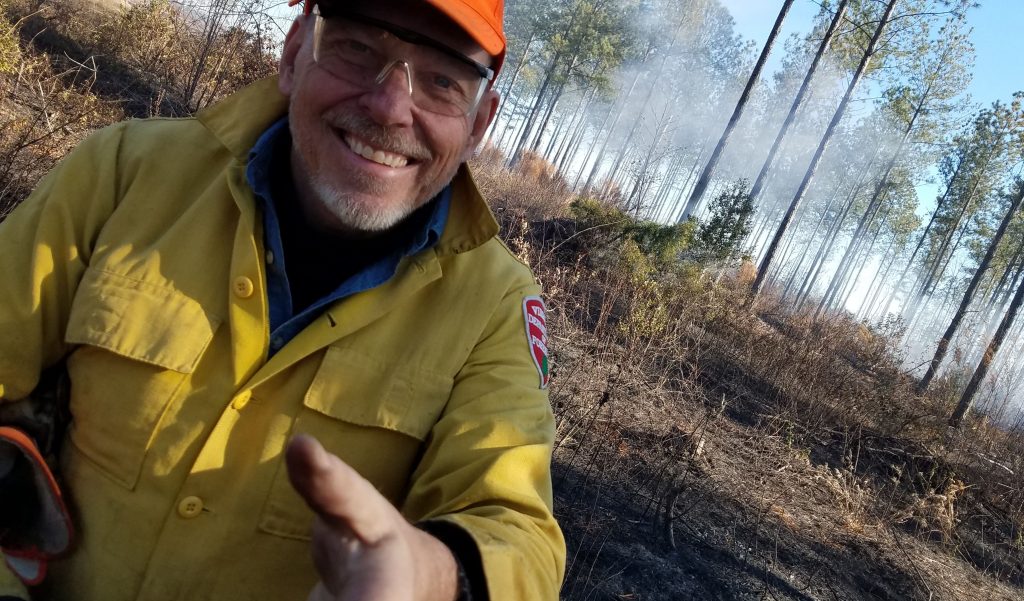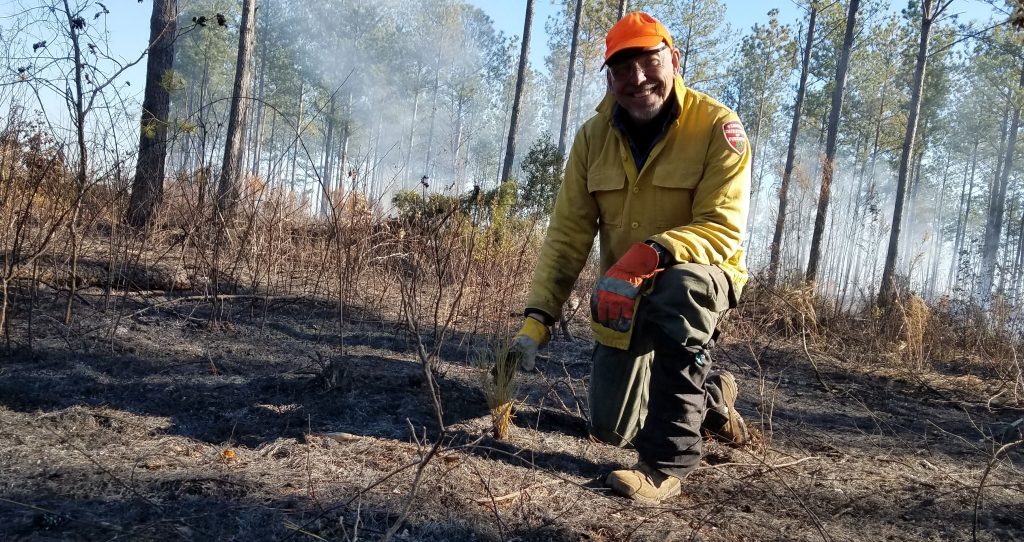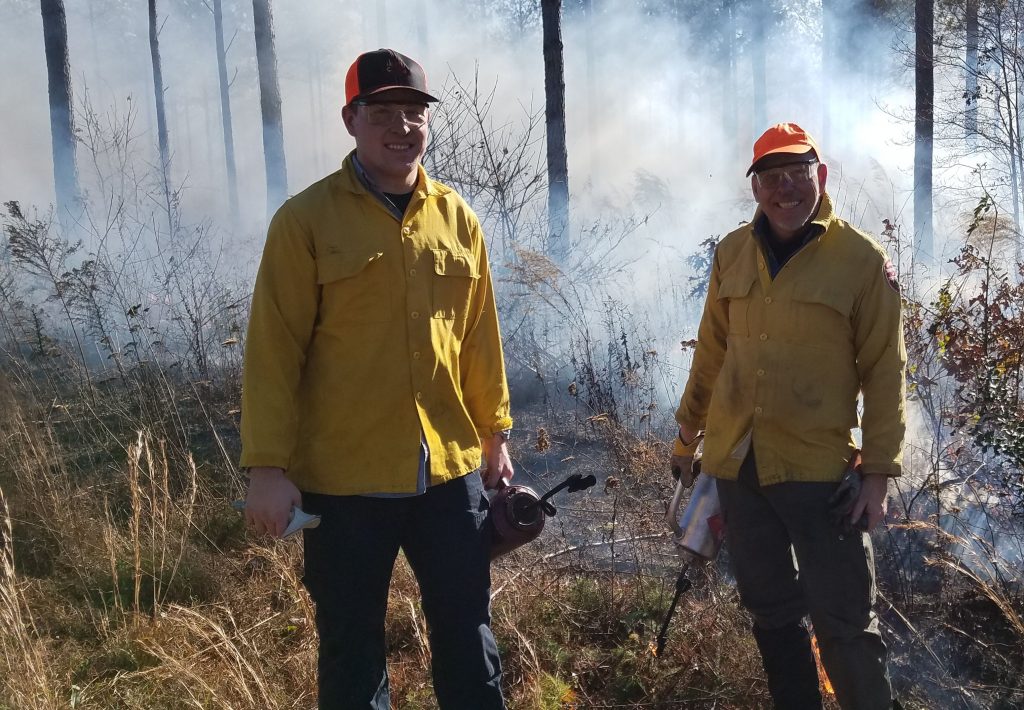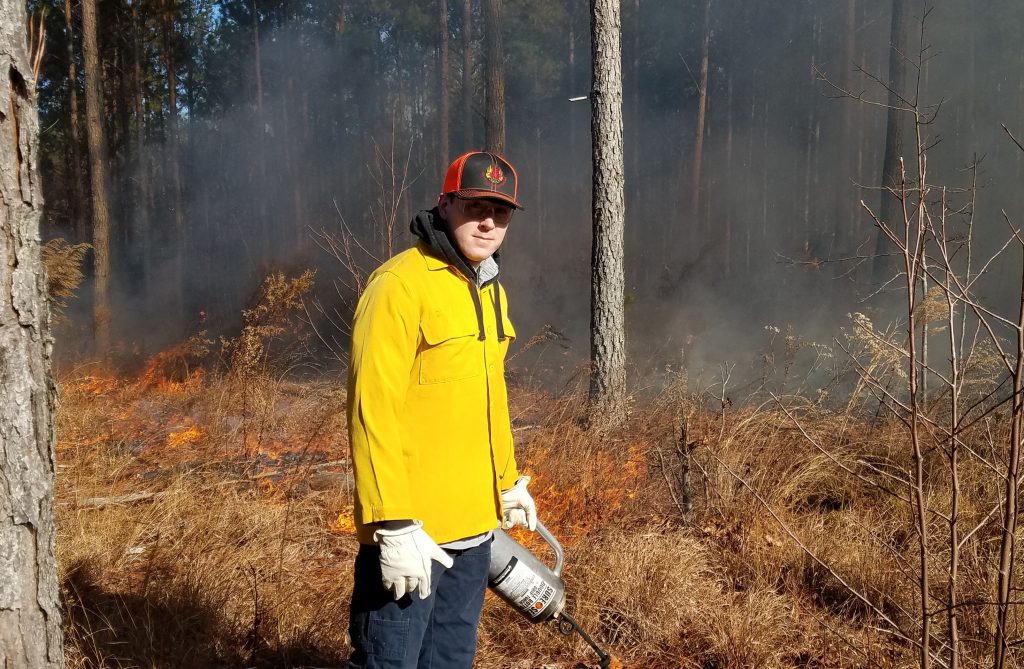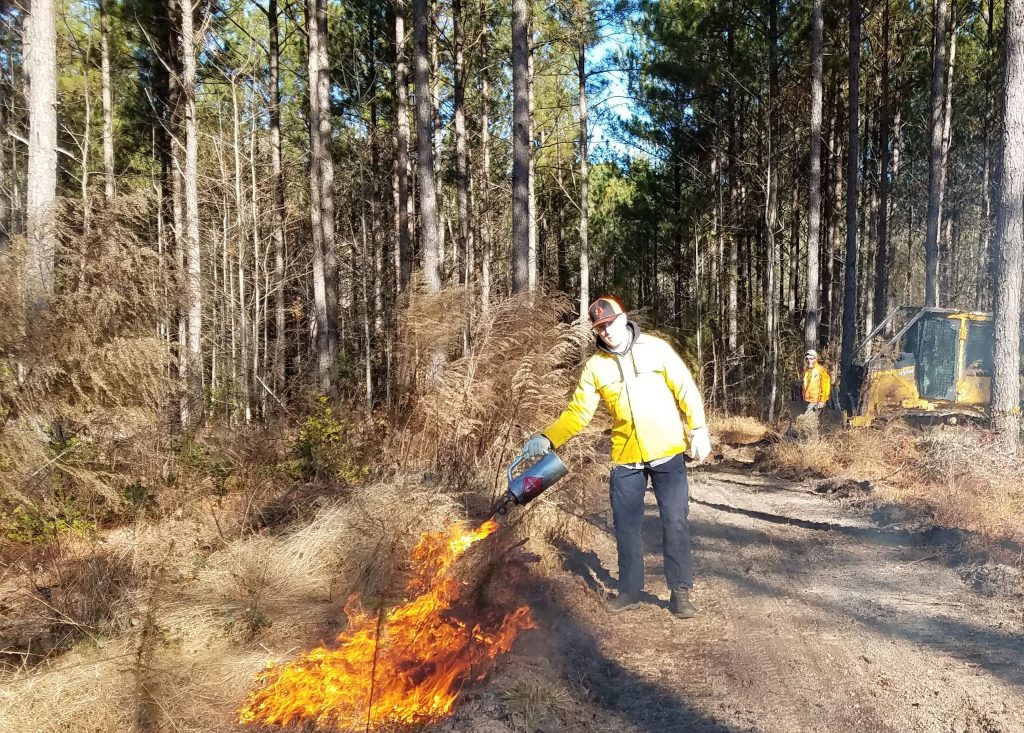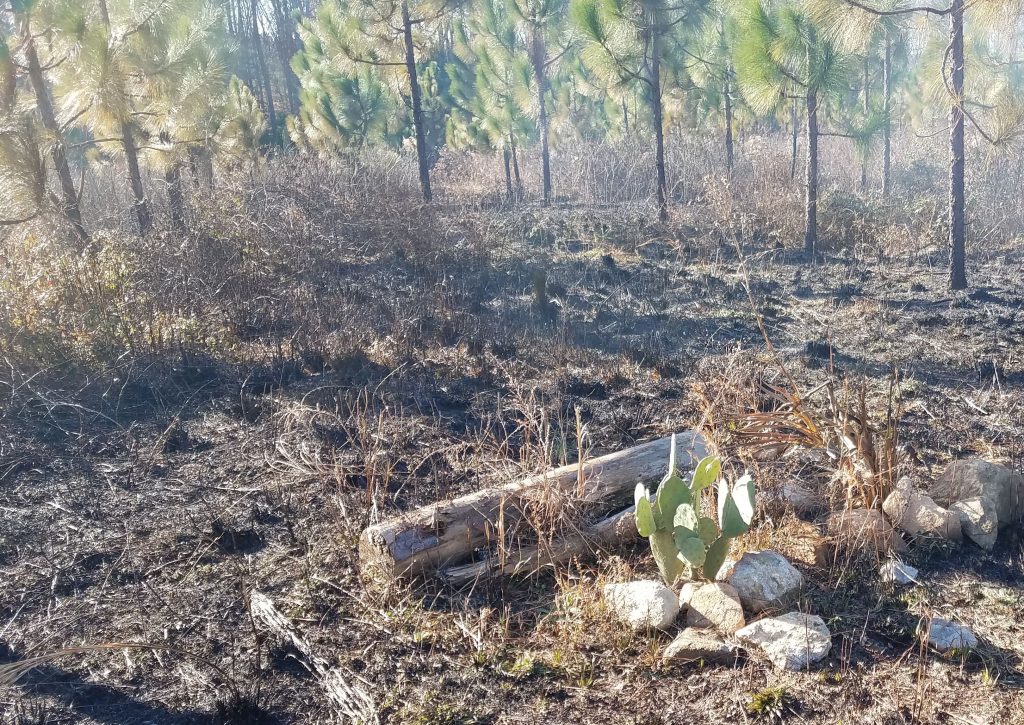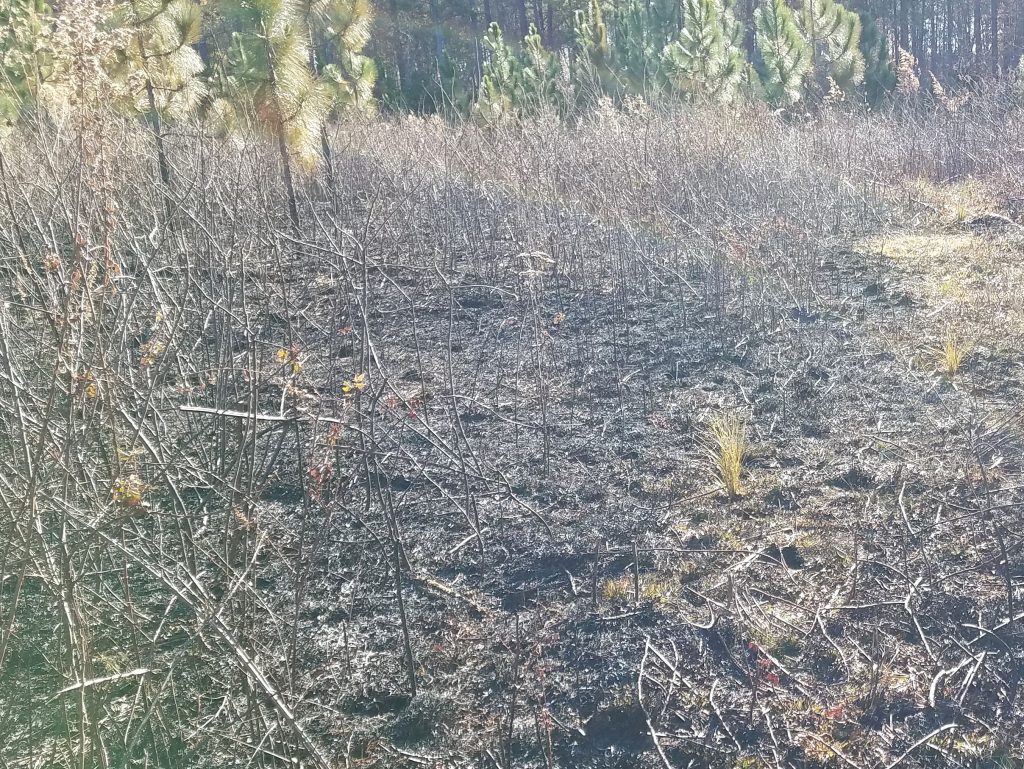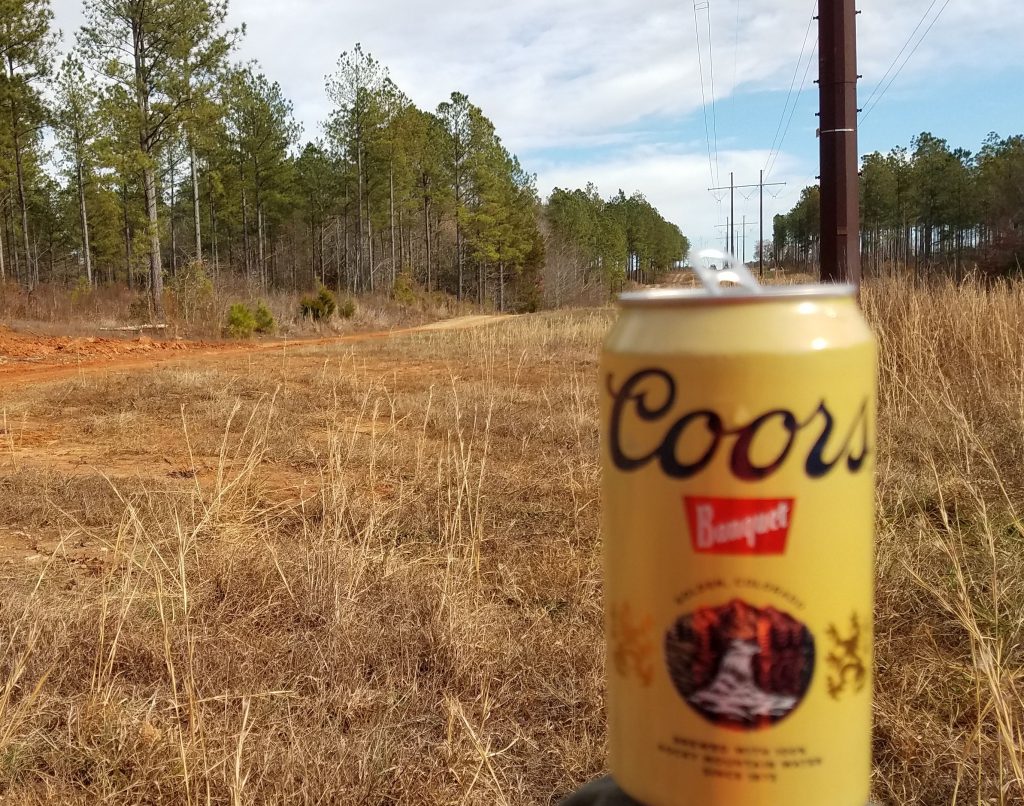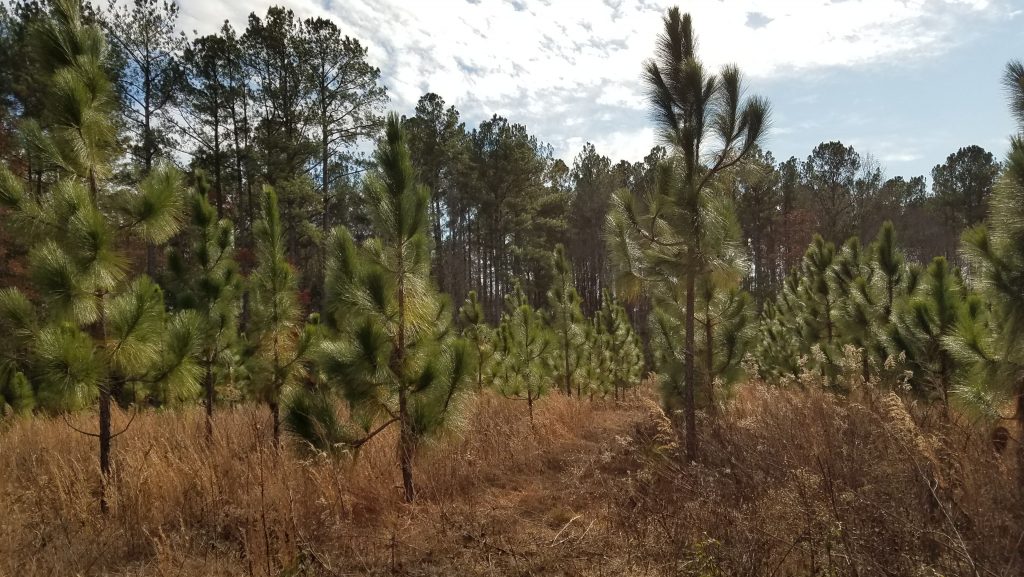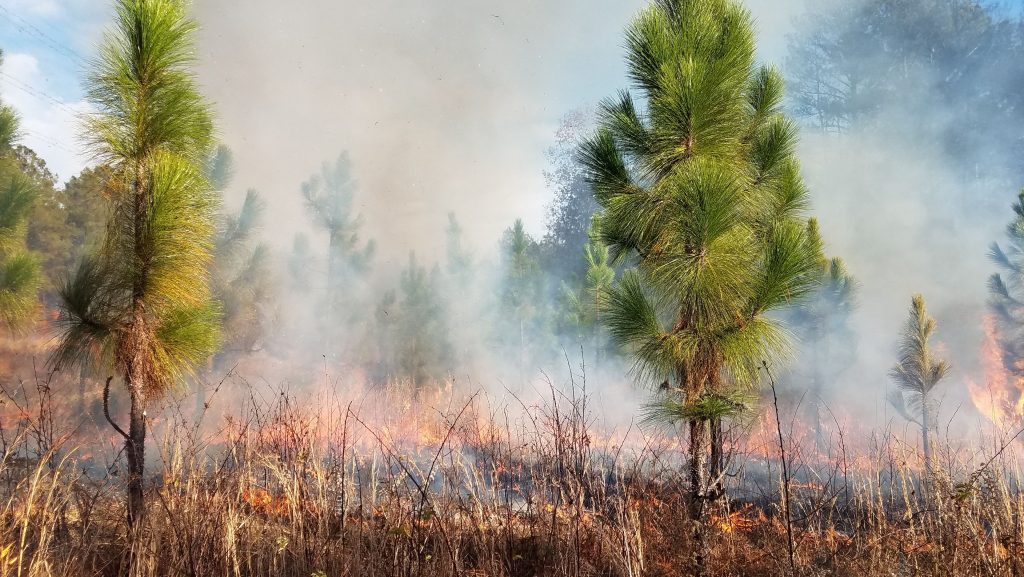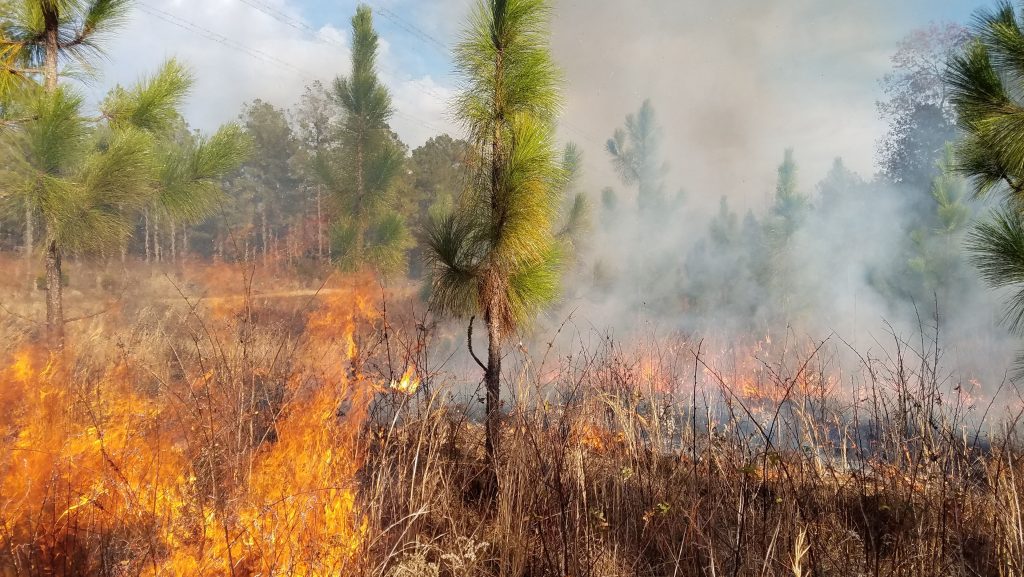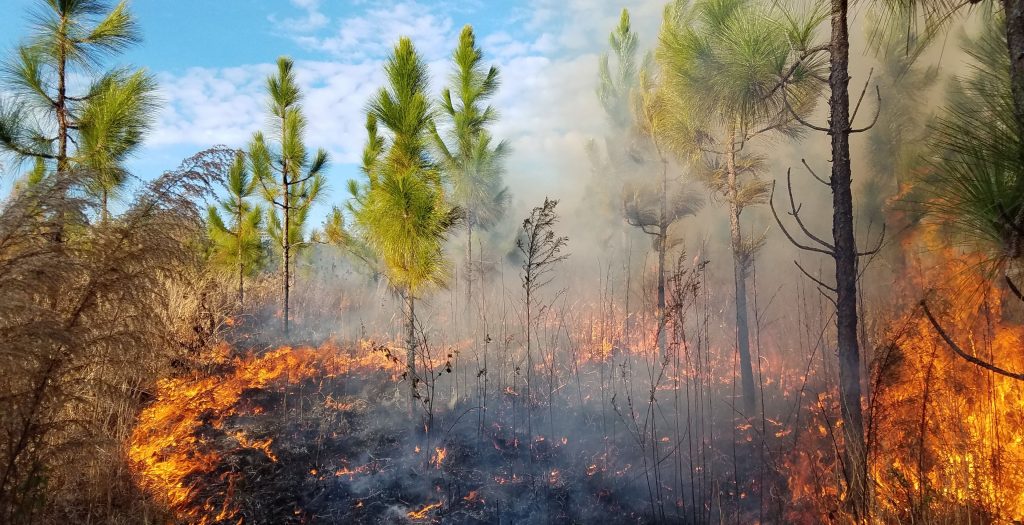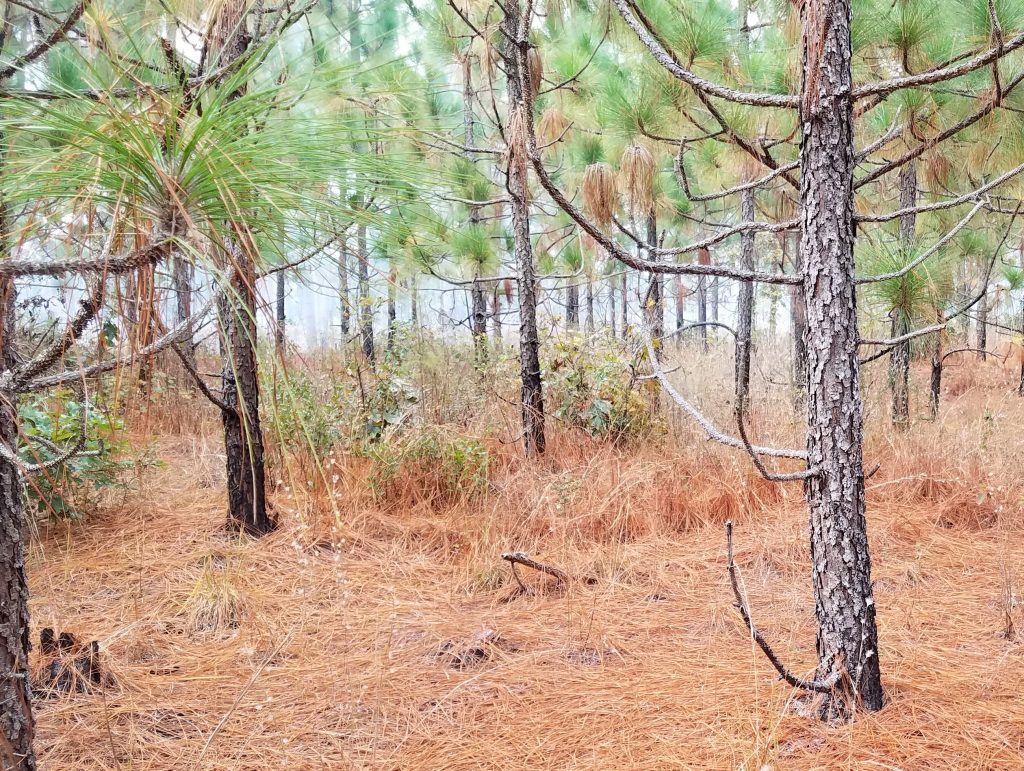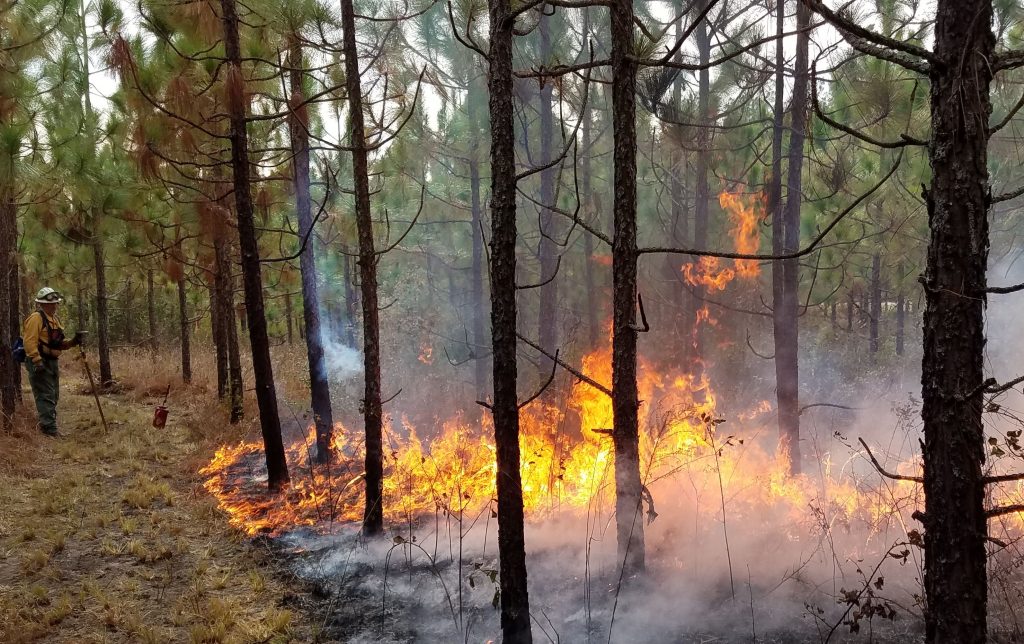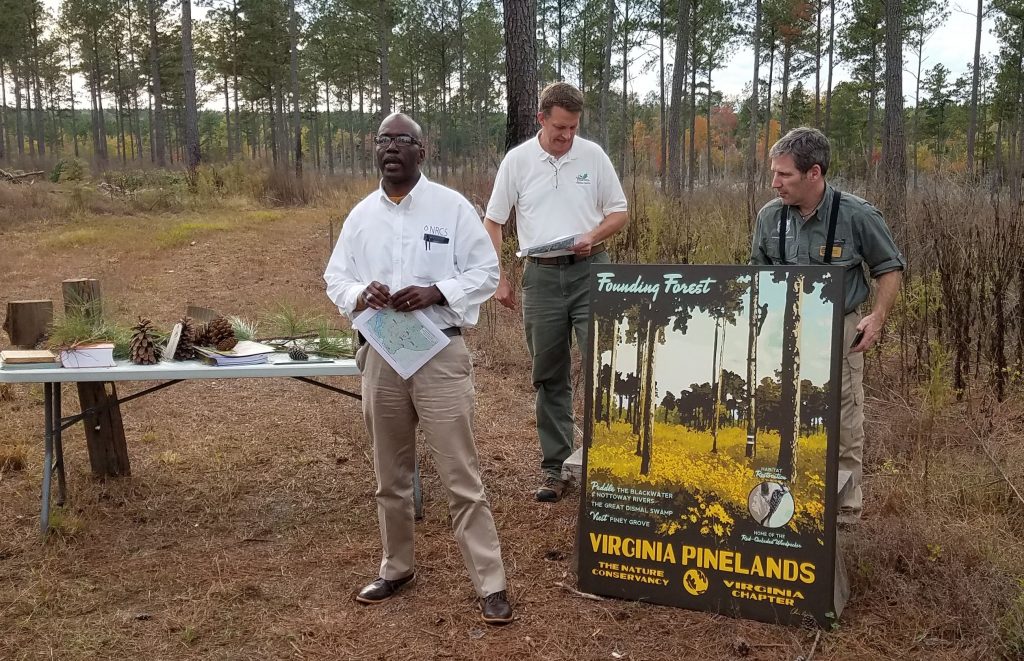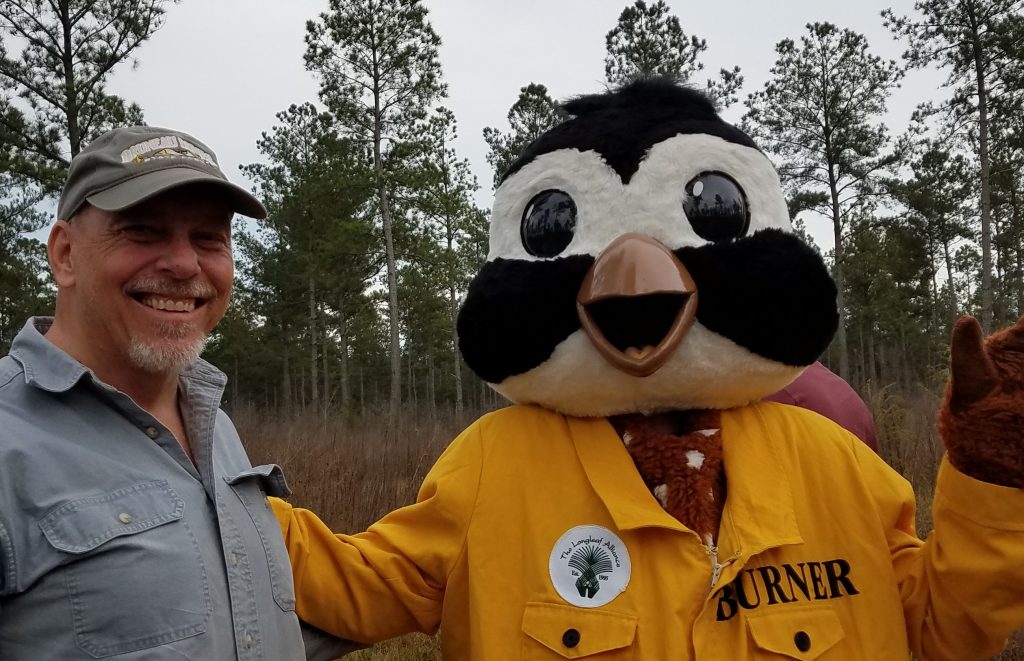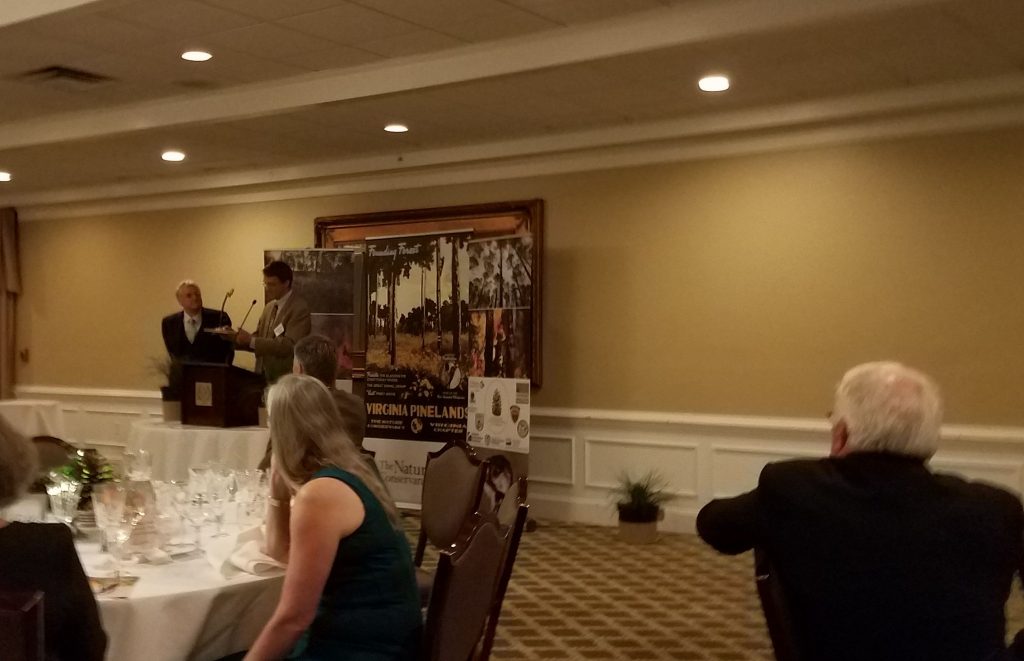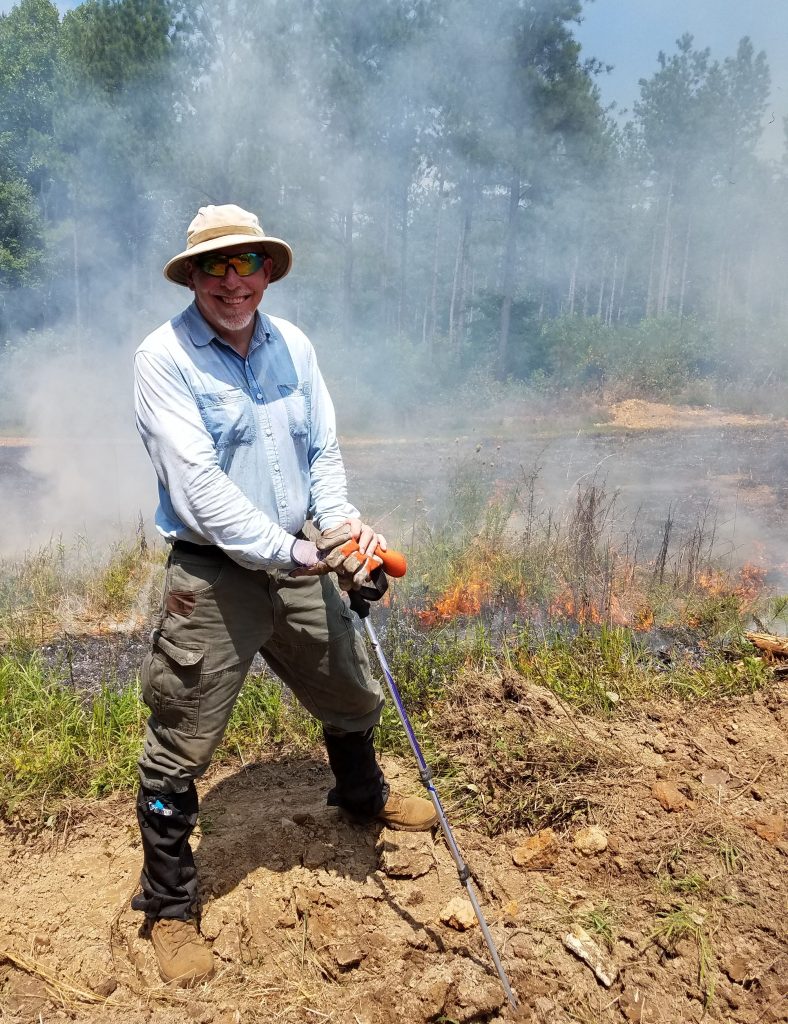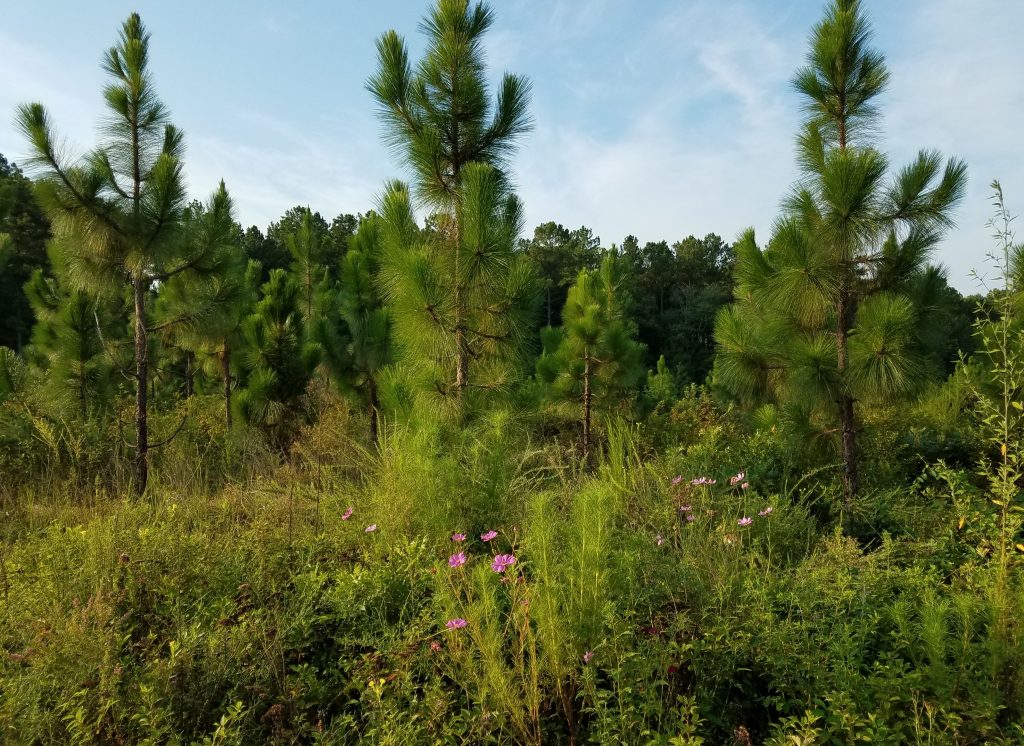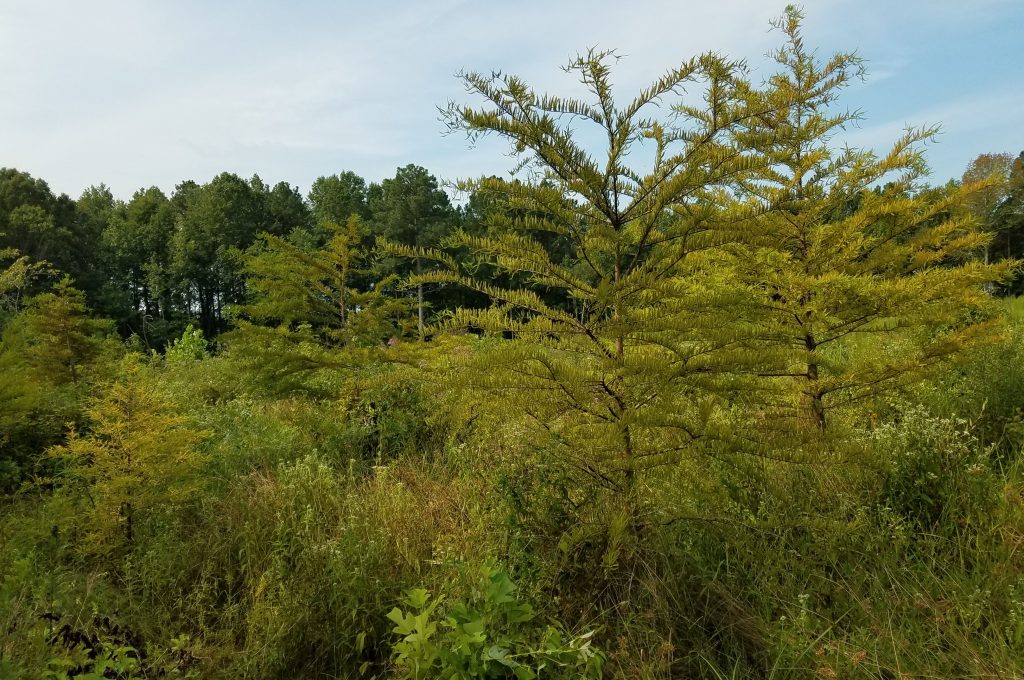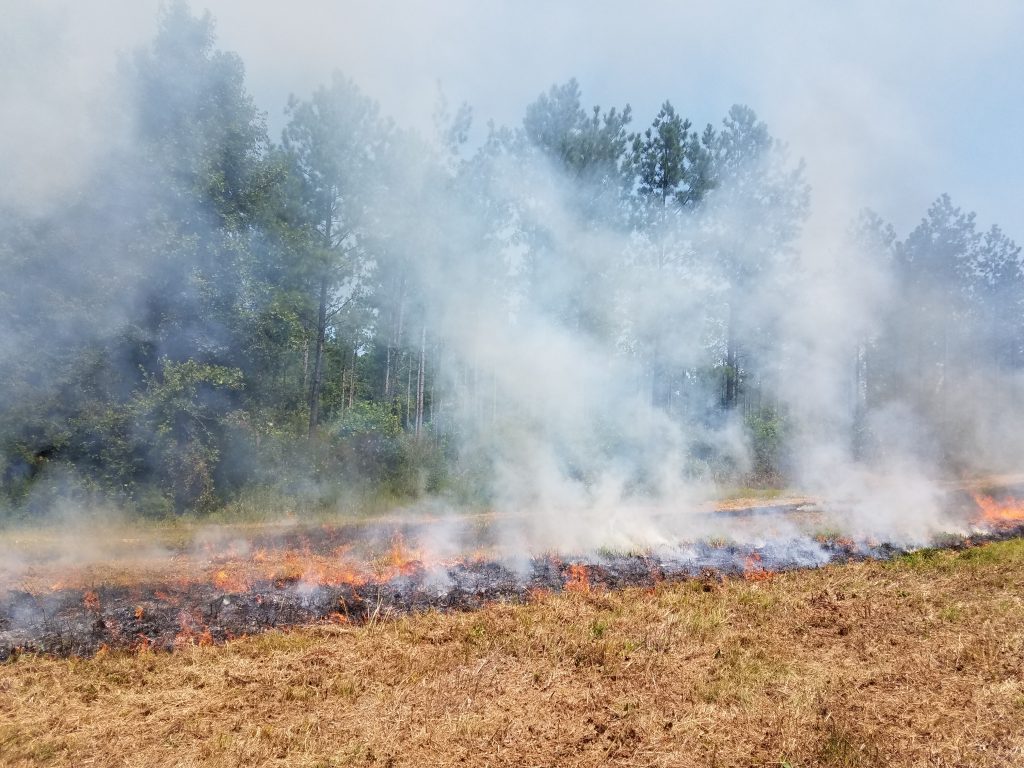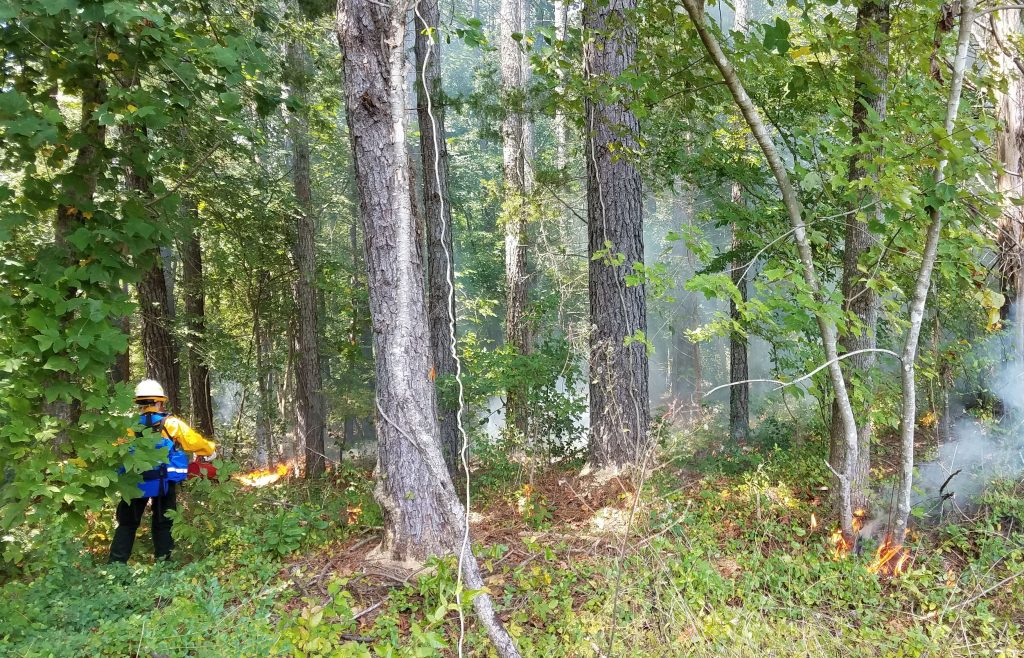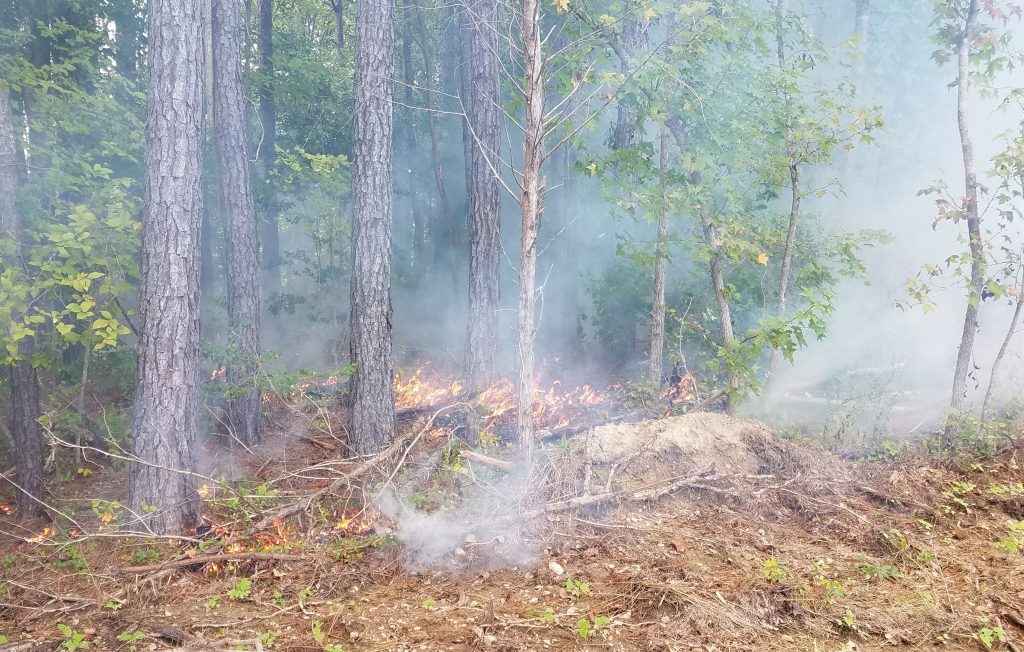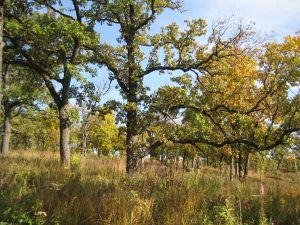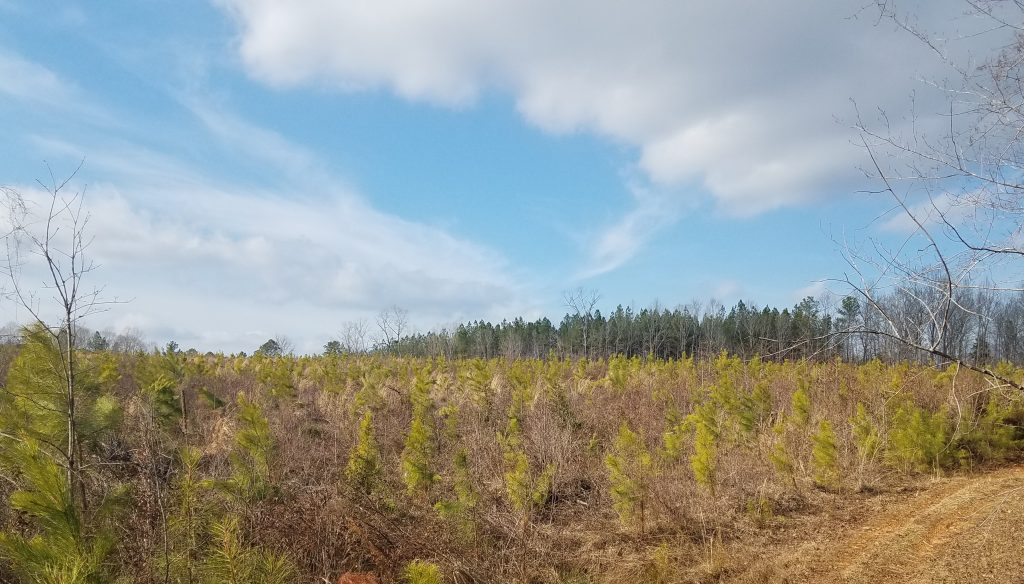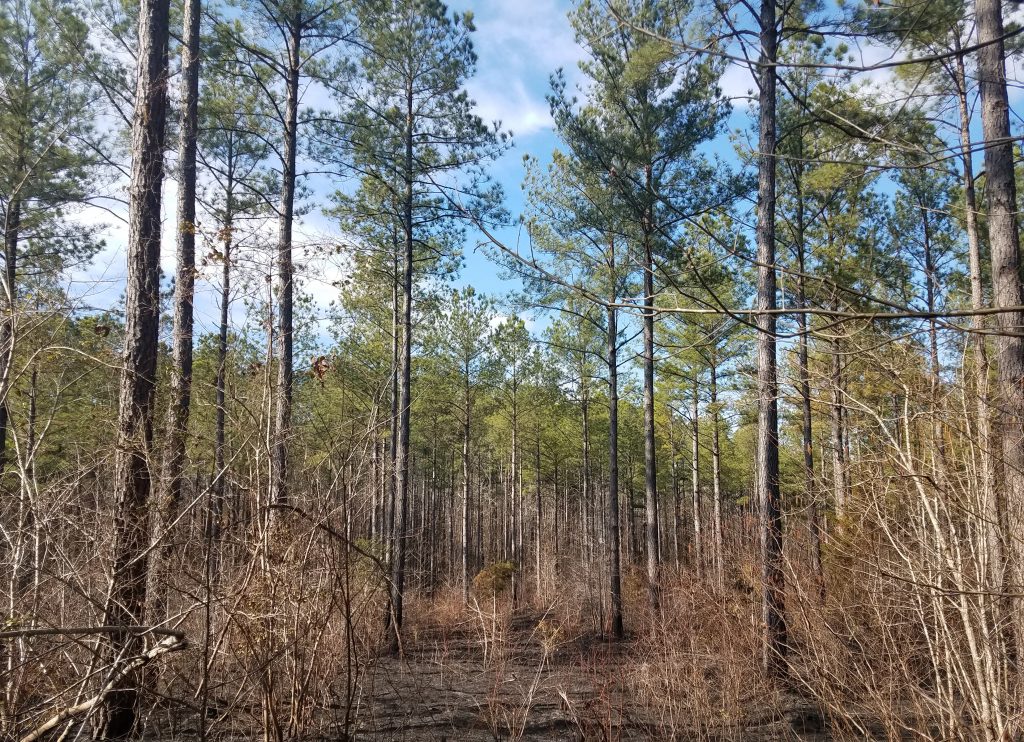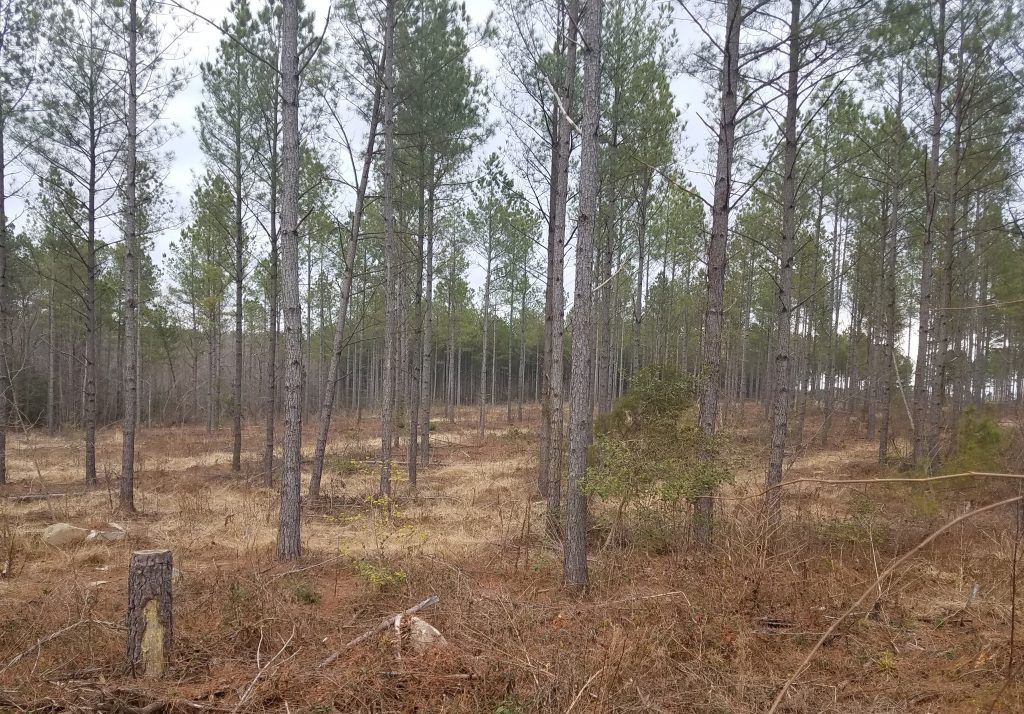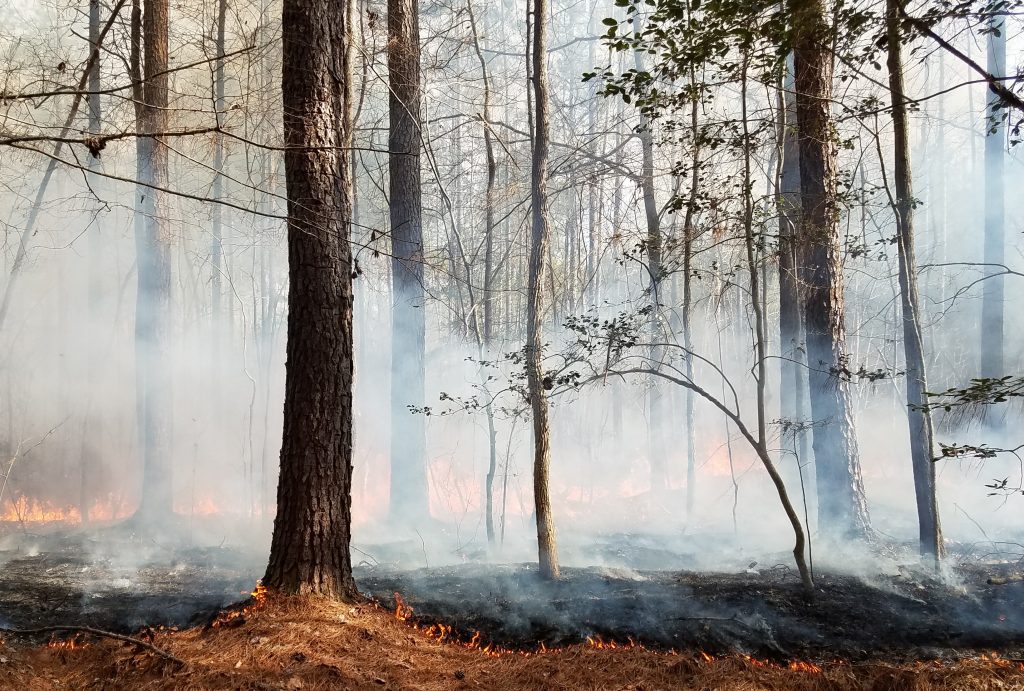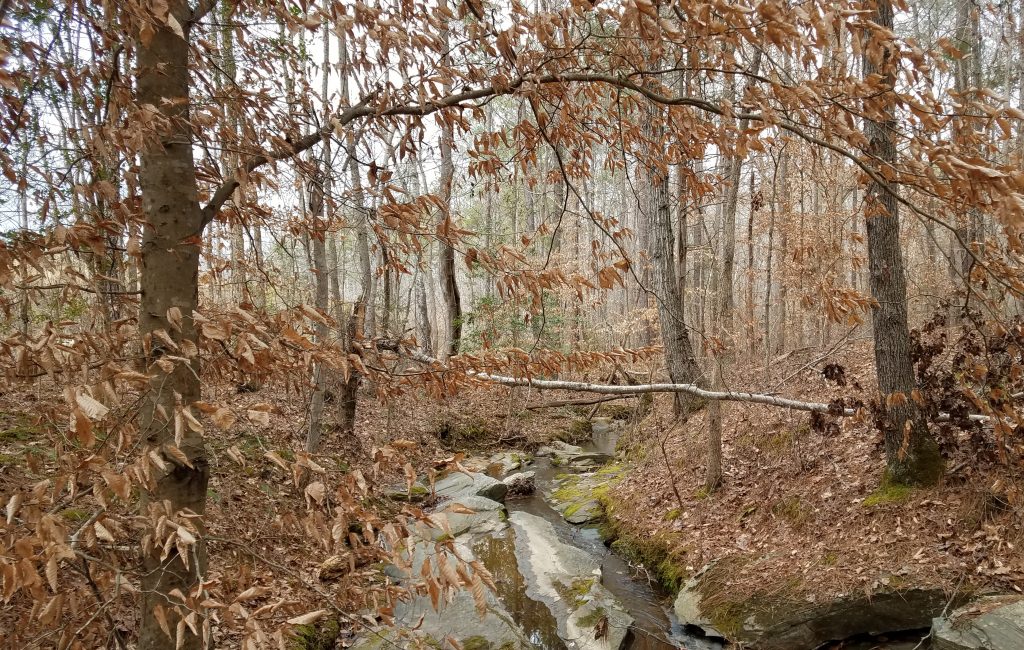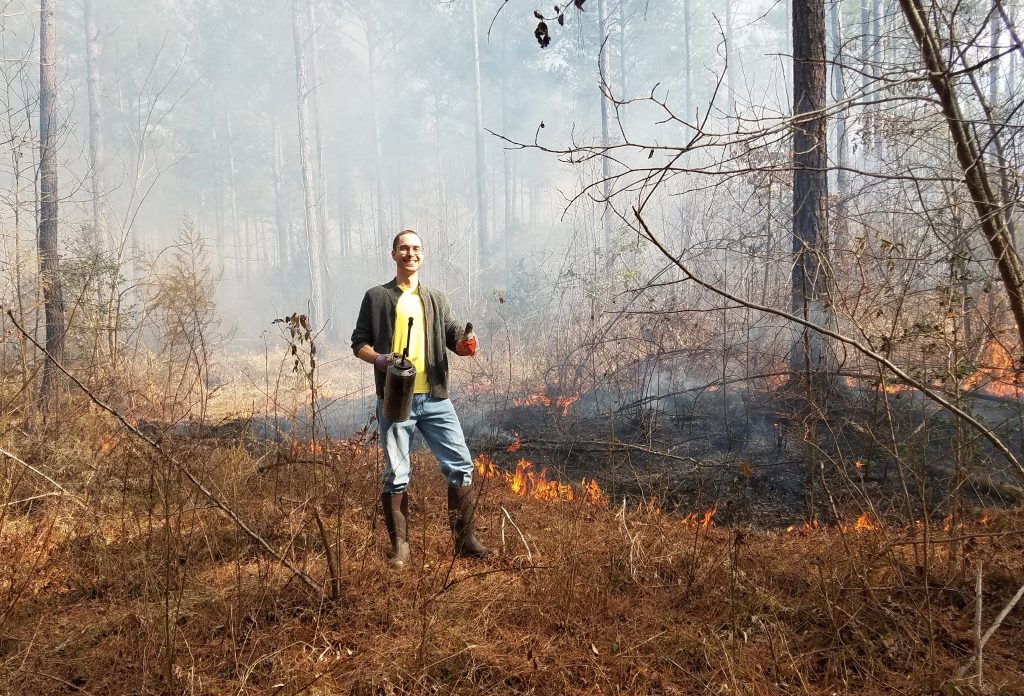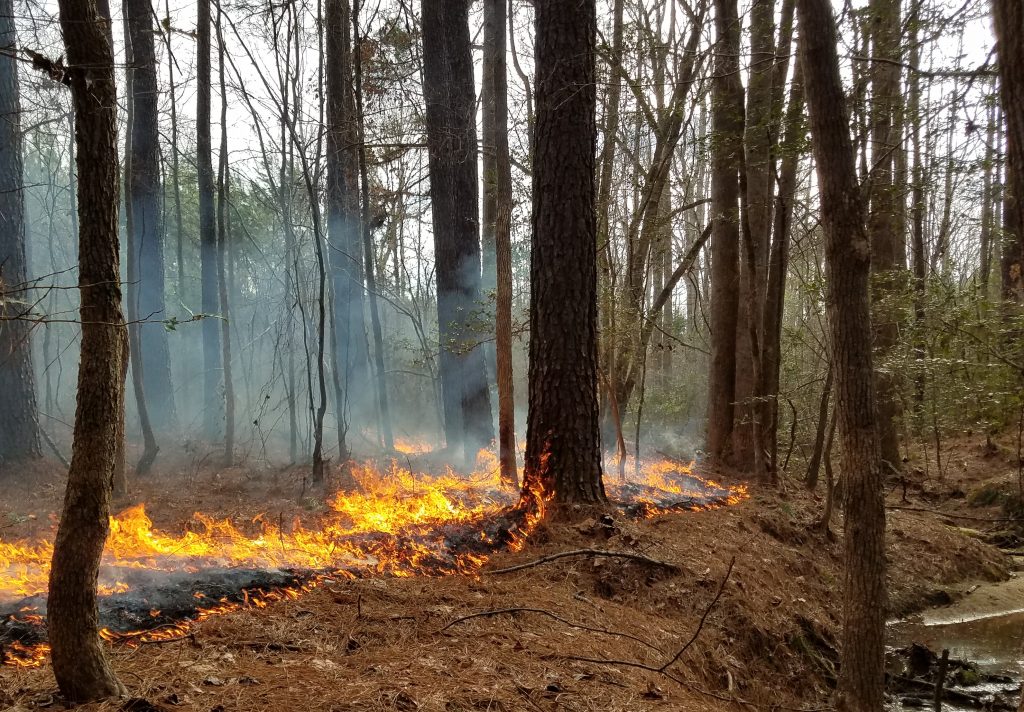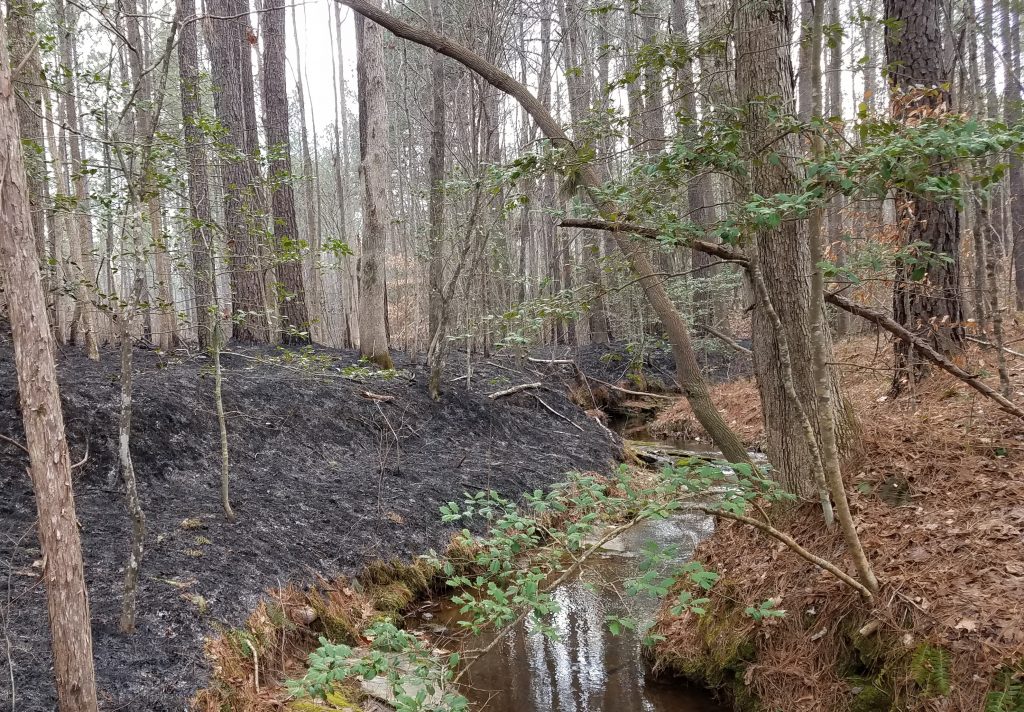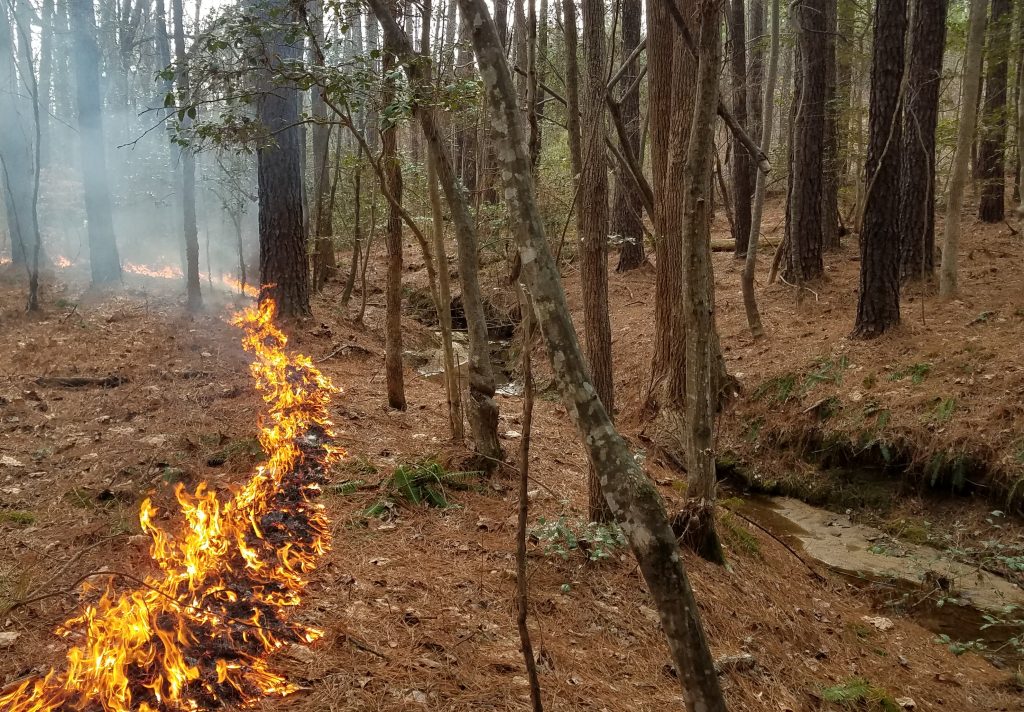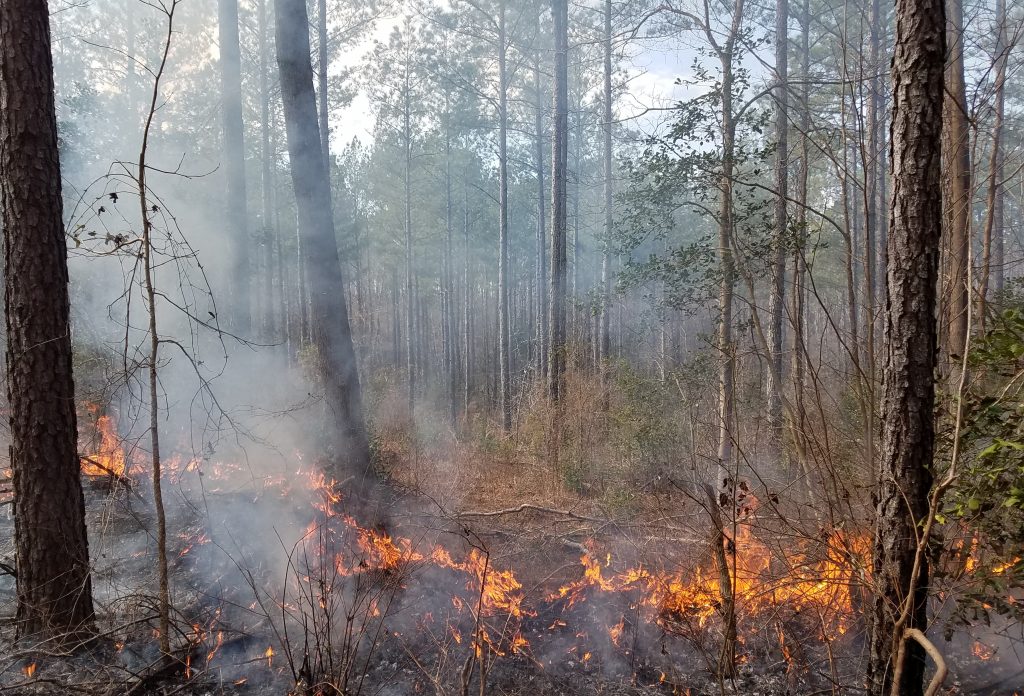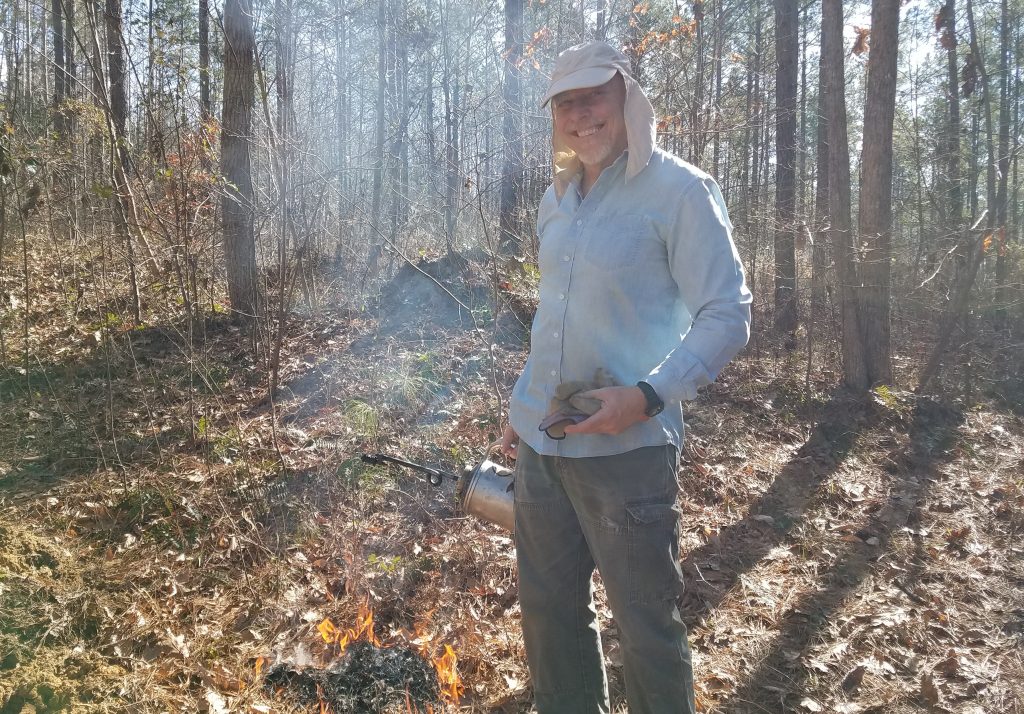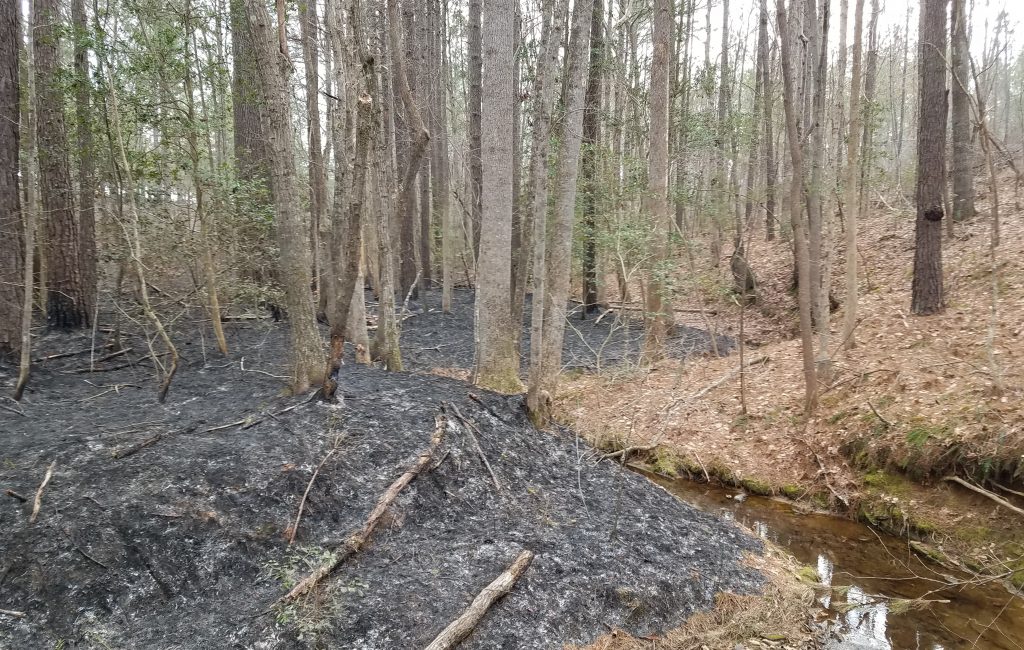In praise of “non-essential” government employees
Coming so close to the end of the shutdown, I am reminded of all the good work that Federal workers do. It is work that is low profile. If they stop working, we do not immediately notice. We might not notice at all that they are gone, but we would notice that our forests were less healthy, that our water was not as clean and that we just were confusingly lost.
It is always a little depressing to attend these forest health conferences, with the solace that lots of smart people are working to protect our trees.
Many of the scientists that presented their research at the conference were Federal employees and everybody depended on Federal programs in some way. Could we get along w/o their work? Yeah, but our world would be a lot worse.
Anyway, before I go into the insights I took away from the first day of the Virginia Association of Forest Health Professionals 27th Annual Conference, I want to say thanks to all those “non-essential” government employees who do the essential work of keeping our forests safe and defending our country from pathogens and pests, or at least giving us the science to fight back.
The agenda is attached, and you can see the biographies of the speakers. I am not going to make a full report but rather talk about my own takeaways.
Spotted lanternfly, the current bad bug
Eric Day talked about our latest big threat, the spotted lanternfly. If we can control this pest, it will become not important. If it gets away, it will cost us billions of dollars. The spotted lanternfly is very fond of another pest from China – the ailanthus or tree of heaven. Mr. Day said that one way to control the fly would be to control the tree of heaven. He meant it ironically. We have been fighting the tree of heaven for more than 100 years. I have been going at it in my own corner of the forest going on fifteen years. The best we can do is fight it, knowing we will never win. Tina MacIntyre, Virginia Department of Agriculture and Consumer Services also talked about the fly. She emphasized the need for people who spend a lot of time in the woods to be vigilant. If you see something that looks like a lanternfly, get a sample to share with the extension and then kill as many as you can. These bugs have no place in the Old Dominion. Kill them first and ask questions after.
Remember the birds, bees and butterflies
I listened carefully to Anand Persad, Ph.D., Davey Institute, talking about pollinator habitat because I am working on pollinator habitat on my land. I am looking forward to March to plant more varieties of wildflowers. Most of what he said, I kind of knew already, but it was good to hear it again. You need a variety of plants that flower at different times, since pollinators need to eat all season long. One thing I just had not thought about was the need for tree flowers. Deciduous trees flower, although most forest trees are not showy. They flower earlier in the season, before the wildflowers even emerge. This tree pollen provides early food for pollinators, especially bumble bees. Bumble bees also need nesting places, often in fallen logs. An ecosystem is complex.
Early warning system
Most of the nasty pests that show up in America come from Asia. The big and obvious reason is that trade with Asia is so robust. There are lots of opportunities for the bugs to hitch a ride. Less easily seen but just as obvious when you look is that East Asia has many similar ecosystems. The forests there are similar to ours and their pests can easily adapt to our tree species. Back in Asia, many of these bugs are endemic, but not big problems. The ecosystems have developed balance and defense. When a foreign bug shows up in America, it does not bring along the full panoply of predators and counter measures. North American pests, BTW, can have the same disruptive effect in Chinese forests.
Dave Coyle, Ph.D., Clemson University talked about the above and suggested that we need for an early warning system. Take the example of the emerald ash borer, that is spreading across our ash forests like a deadly wave. Back home in China, it does not generally kill healthy ash trees. They have developed defenses. But a while back, the Chinese were reforesting their hills. Among the trees they chose for this were American imports – green and white ash. At first, they did wonderfully in their new environment, having left many of their old pests behind. But then the emerald ash borer found them.
The Chinese noticed this. They studied it and wrote about it. They even wrote about it in English, the international language of science, but nobody paid much attention inside or outside China. In retrospect, we could have seen this coming. What we could have done about it is another story, but it need not have been such a surprise.
Prevention is always better than cure, but it is hard to do. A pest now destroying laurel and bay trees throughout the South is a vascular fungus transmitted by the invasive redbay ambrosia beetle. This beetle is smaller than a sprinkle on a donut. Genetic testing indicates that ALL the beetles that have killed 500 million trees in the last decade originated from ONE bug that hitches a ride from China, probably to the Port of Savanna. These bugs can reproduce asexually, so one is all it takes. It is a tall task to keep out all these things. This bug is small enough to fit through a spaghetti strainer, and it takes only one.
Those of us who grow pines in Virginia are not overly fond of sweetgum that overrun our piney woods. Nevertheless, we can appreciate their place in the ecosystem. The Chinese like sweetgum for their nice form and beautiful fall colors, so there are lots in China. But they are now being attacked by a bug called the sweetgum inscriber. If this gets to America, it will devastate our forests. We should take the warning.
… And you need fire in pine ecosystems
Adam Coates, Ph.D., Virginia Tech, talked out the value of fire in the ecosystem. He was responding to studies that showed that wildfire destroys forest soils. These studies are true but off target. The hot and destructive wildfires destroy forest soils. Prescribed fires and the formerly common light fires do not. I have written about fire so often, that I will not go more here, except to note that Mr. Coates talked about a couple places I want to go in South Carolina: the Santee experimental forest near Cordesville and the Tom Yawkey forest near Georgetown, SC.
Asian longhorn beetles, dangerous but big and stupid
The Asian longhorn beetle has the capacity to be one of the biggest forest pest in the history of forest pests. It can kill almost everything in its way. Fortunately, after it is detected it can be controlled and eradicated. Eternal vigilance is the price of this, explained Joe Boggs, Ohio State University. By the time they are discovered, they usually have been there for a while, but they are not very mobile; they can fly but usually prefer not to and they are big. The infestations can be traced to single introductions from Asia and then their spread. They tend to move where people move them. Don’t move firewood.
Pine beetles, bad but manageable
Dave Coyle came back to talk about the southern pine beetle. This bug was the plague of southern pine forests, but it now mostly under control in the south. There are lots of possible reasons, none of which tell the whole story. The biggest factor is management. Pine beetles depend on over thick forests. If you thin your trees on time, the beetles have trouble getting hold. A forest with 120+ basal area is “beetle bait.” BTW – my forests are thinned to 50 BA.
Beetle outbreaks have not been a problem in Virginia for more than 20 years. Beetles are a problem still in Mississippi and Alabama. Reasons for this are not completely clear, but one reason may be lack of thinning in National Forests. You can see an almost perfect correlation between poorly managed USG lands and beetle spots. Mr. Coyle showed us an aerial photo of a beetle outbreak that stopped exactly on the properly line between an private and thinned forests and an essentially unmanaged government property.
The pine beetle is a manageable problem in the South, where we are used to it, but the bug is moving north, affecting loblolly and pitch pine in New Jersey and as far as Massachusetts. If the bugs can keep moving north, they may eat their way into white & red pine. This could be a disaster. These trees do not have the same sort of open ecology as southern pines, with their regular burning regimes. I grew up around white pines and I simply love them. The idea that they could be so endangered is heartbreaking. Let’s hope those smart guys working to find solutions will find one in time.
The heartbreak of the ash apocalypse
Speaking of heartbreaking tree death, Kathleen Knight, Ph.D., U.S. Forest Service talked about her research into ash mortality and the emerald ash borer. She has been monitoring ash in Ohio for more than ten years. The bad news is that mortality is nearly 100%, nearly – more on that later. The less bad news is that ecosystems can adapt. As the ash die back, other trees take their places, especially silver maples, elms & basswoods, that are present in the forest and in the understory. The dead ash are very brittle and they tend to fall down rapidly, presenting a danger to people walking in the woods, but making way for new trees. The good news and the bad news is that in a few years it will be hard to tell that the ash tree were ever there.
Ms. Knight also discovered some good news after returning to one of her sites, showing the value of follow up. She and her team saw a perfectly healthy ash tree among the many dead stems. Closer inspection of the site turned up 106 more. This was only around 1% of the total, but they are hope. Ash trees can be easily grown from cuttings. There may be hope for resistant trees in a short time. Studies show that the resistant ash can kill the borers. This is an adaptation of the Asian ash trees. The resistant American ash trees are not quite as good at this, but it is the first generation.
The other good news about ash trees is that they can be saved chemically. This is not cheap and cannot reasonably be done in forests, but valuable ash trees near homes or shading streets can be preserved. This is because of how the emerald ash borer interacts with the trees. The borers are phloem feeders, i.e. they are shallow. The phloem easily carries insecticide to kill the bugs and their larva. The question is if there can be “herd immunity”. If a sufficient number of ash trees are treated and the bug that invest them are killed, will the populations be cut enough to save unprotected trees?
The pathogen attacking the pest
Last presentation of the day was about a pathogen that is attacking tree of heaven. Rachel Brooks, Virginia Tech, presented her research. Tree of heaven, ailanthus, is a serious pest from China so it seems almost poetic justice that a new pathogen from Asia might help free us from this trouble. So far, it looks like attacks only tree of heaven and spreads via root graphs. Biocontrol is good but I am always a little leery of it. What can kill one species today, might turn on another later.
I didn’t stick around for the pesticide safety presentation, since I don’t handle pesticides myself. Those who do get continuing education credit for these things. I do not. I will be back tomorrow for more.


